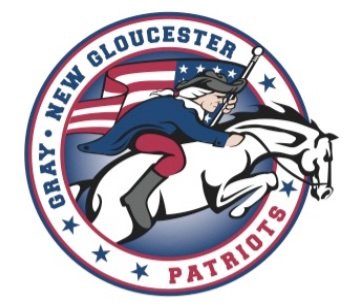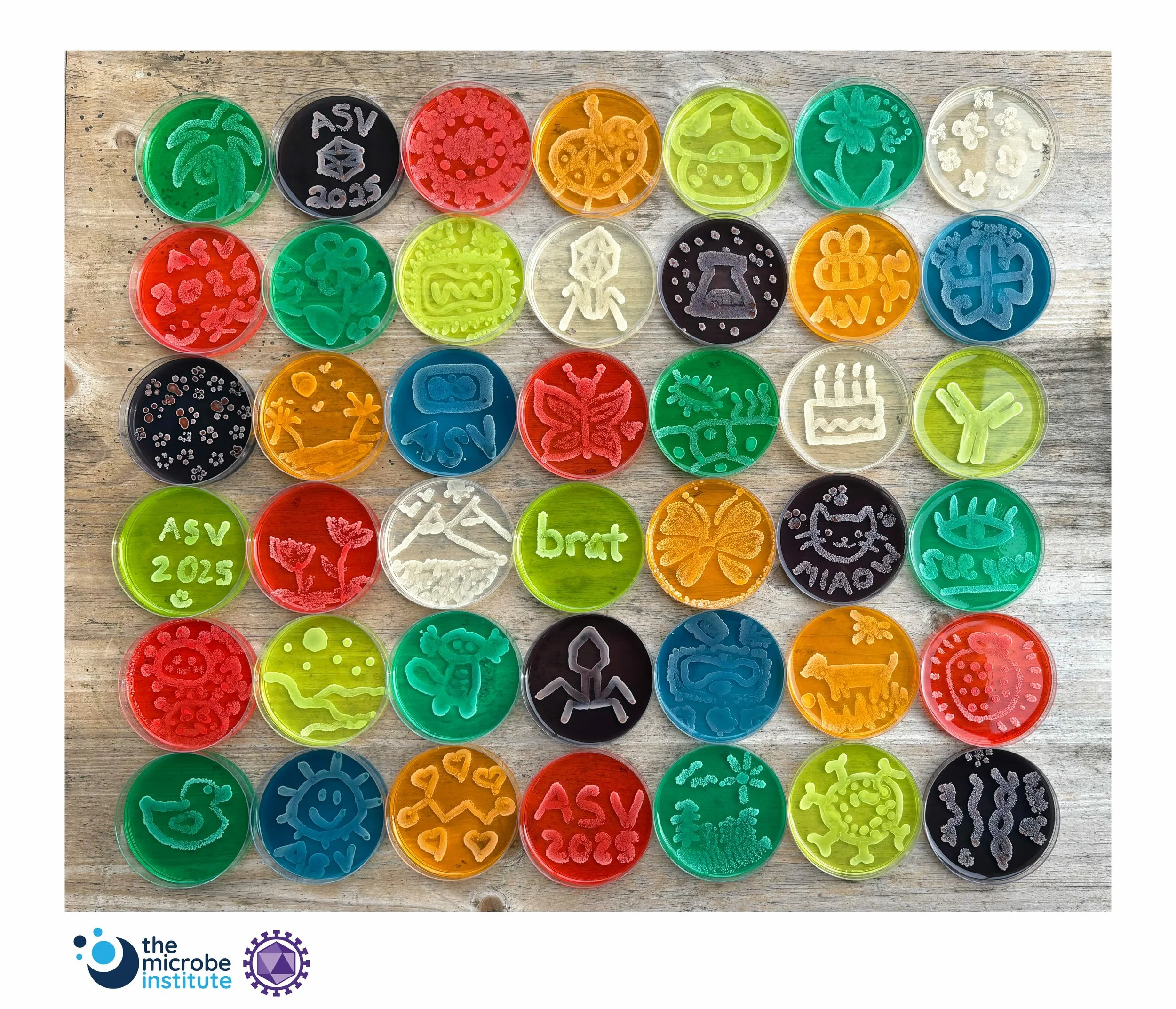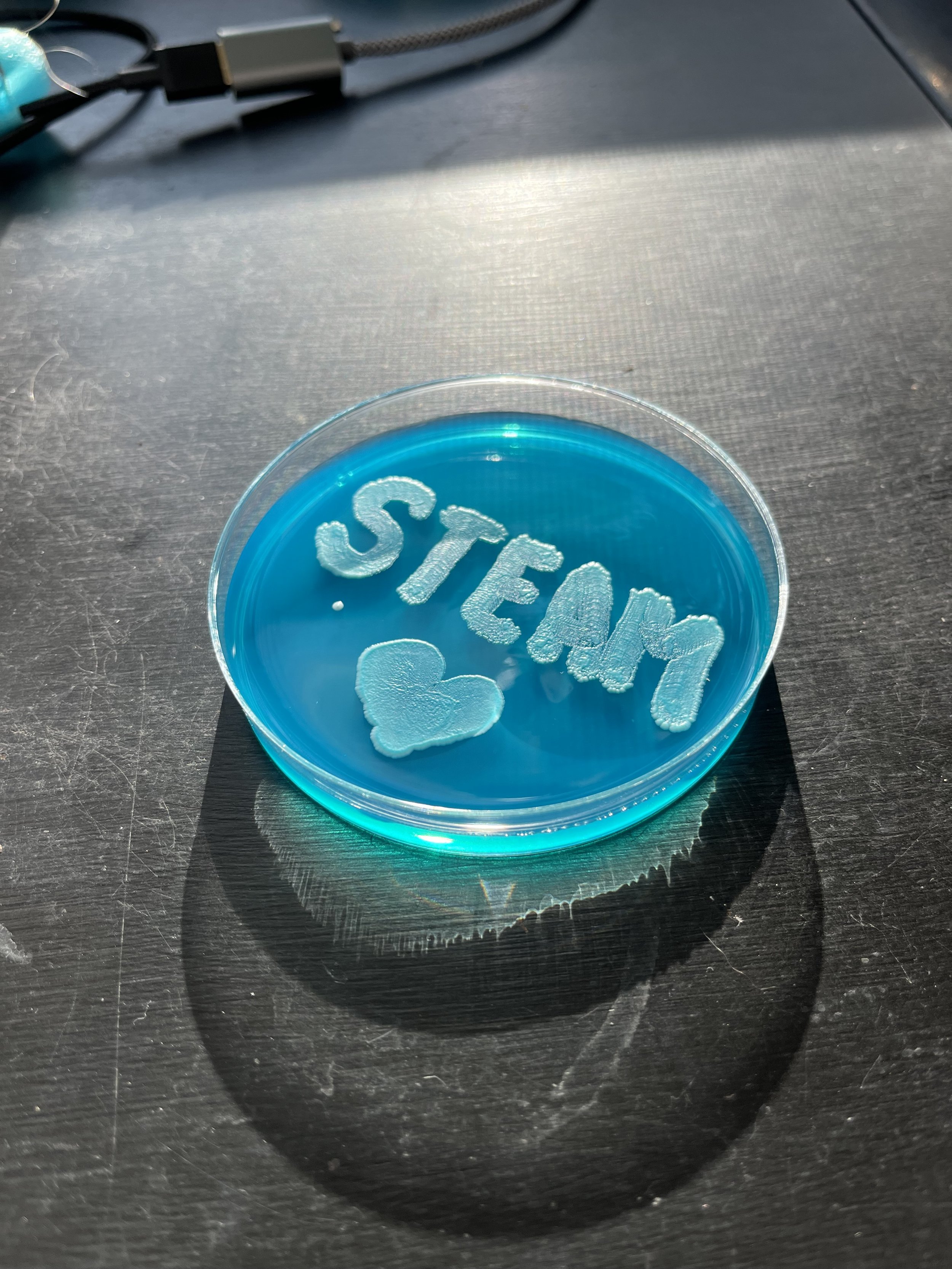
Kitchen Microbial Art
Paint with microbes at home, or in a classroom
No specialized training or scientific facilities required!
Microbial art, AKA: Agar Art, is the creative process of painting with microbial cells to create a design on a Petri plate that emerges as the cells replicate. The craft is over 100 years old, and is gaining in popularity, but is often inaccessible to the public. Microbial art typically requires specialized laboratory skills, equipment, or facilities to be done safely.
We wanted to change that.
Partnering with scientists and microbial artists from across the world, we developed a new way for people to safely create microbial art using kitchen supplies—including dehydrated Baker’s yeast (or sourdough starter), and pre-poured growth media in Petri plates (now available from a number of mushroom cultivation suppliers.) We created this activity to engage broader audiences with beneficial microbes, foster creativity among participants, and provide an engaging education tool for K-12 instructors.
Citation for this open source protocol and associated activities and resources: Madden, A. A., Ramakrishnan, S., Berkmen, M., Nai, C., & Debenport, T. (2025). Painting with yeast: An accessible microbial art activity using dehydrated Baker's yeast and low-cost supplies. Zenodo. https://doi.org/10.5281/zenodo.15272100
Why?
Paint with invisible living cells (yeast) and watch as your art grows over the next few days. Fun, engaging, and memorable, this simple, evidence-backed science art (sci-art) activity excites audiences of all ages.
If a microscopic yeast cell was the size of the plushie on the right (a yeast cell created by GiantMicrobes), a Petri plate would be over a mile across.
How?
Using your own sourdough starter (filled with wild yeasts) or Active Dry dehydrated Baker’s yeast, you just need to add some water and you’re ready to paint. Use a Q-tip (swab) on the canvas of a pre-poured Petri plate filled with a solidified growth medium (a standard mushroom cultivation supply).* The image will emerge (grow) over the next few days.
Minutes to prepare, a few dollars in supplies, and you have a unique experience of partnering with beneficial microbes to create something beautiful.
*Scroll to find a list of suggested suppliers.
**Figure created with Biorender.com
Your art will grow…
Over the next few days, the invisible yeast cells will eat the food in the solidified growth medium and start to replicate. By the time you see the image emerge (approximately three days later), there are more yeast cells (individual creatures) than there are people living in North America.
This time-lapse includes three days of growth in 15 seconds.
Citation for this video: Madden, A. A., Ramakrishnan, S., Berkmen, M., Nai, C., & Debenport, T. (2025). Painting with yeast: An accessible microbial art activity using dehydrated Baker's yeast and low-cost supplies. Zenodo. https://doi.org/10.5281/zenodo.15272100
Share your art & feedback!
We’d love to hear from you. How did creating Microbial art with this protocol influence your perspectives on microbes? Did you find it engaging as an activity? Want us to feature your artwork on our website, or in a future publication? Please reach out and share. If you want to share your art on social media, tag us, or use the hashtags #KitchenMicrobialArt or #KitchenAgarArt.
***Please see the complete protocol for suggestions related to best practices and how to safely dispose of the art.
Sample Microbial Art
These microbial art works—made with Baker’s yeast—were painted by 6th grade students in Gray-New Gloucester, Maine
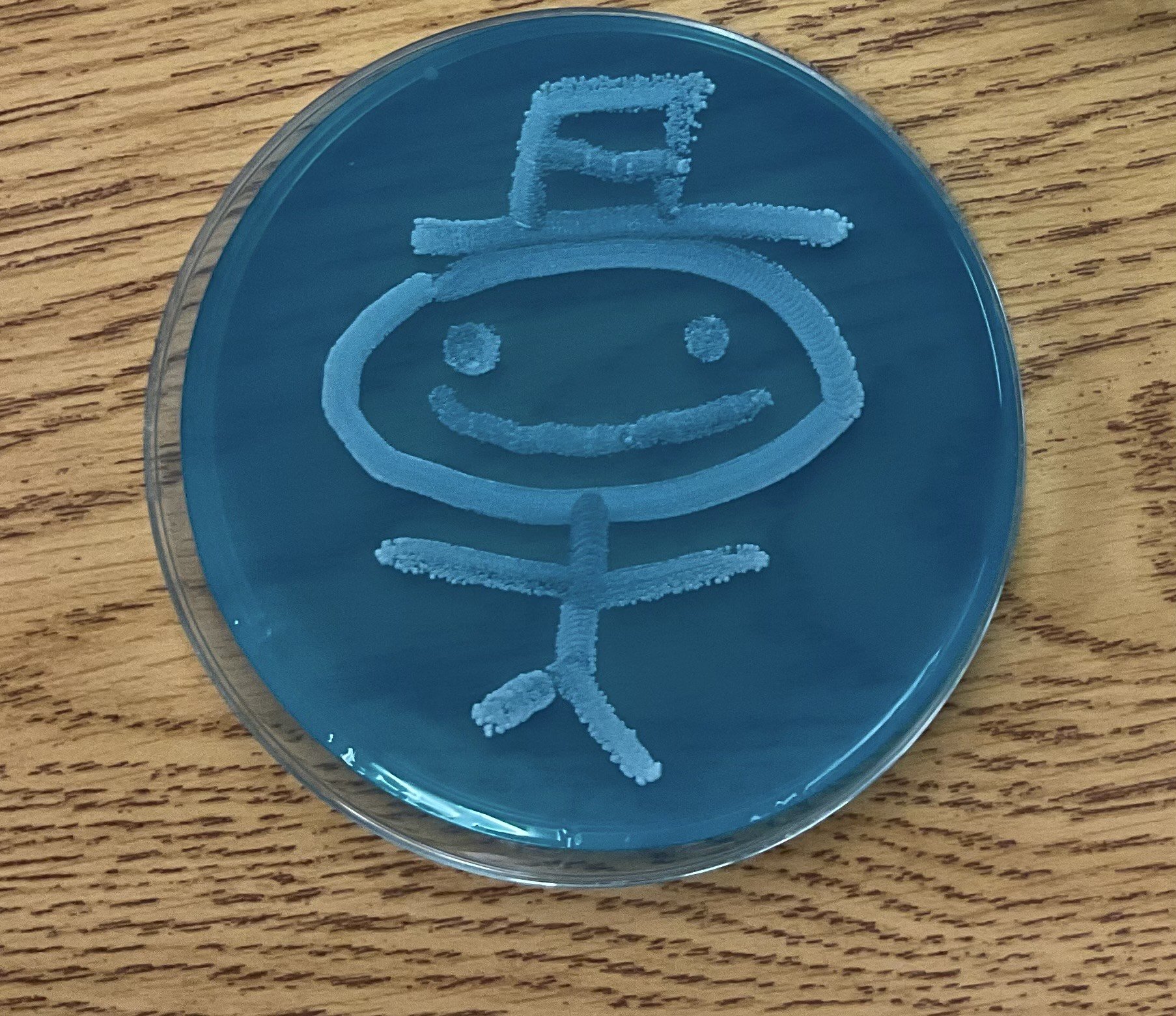
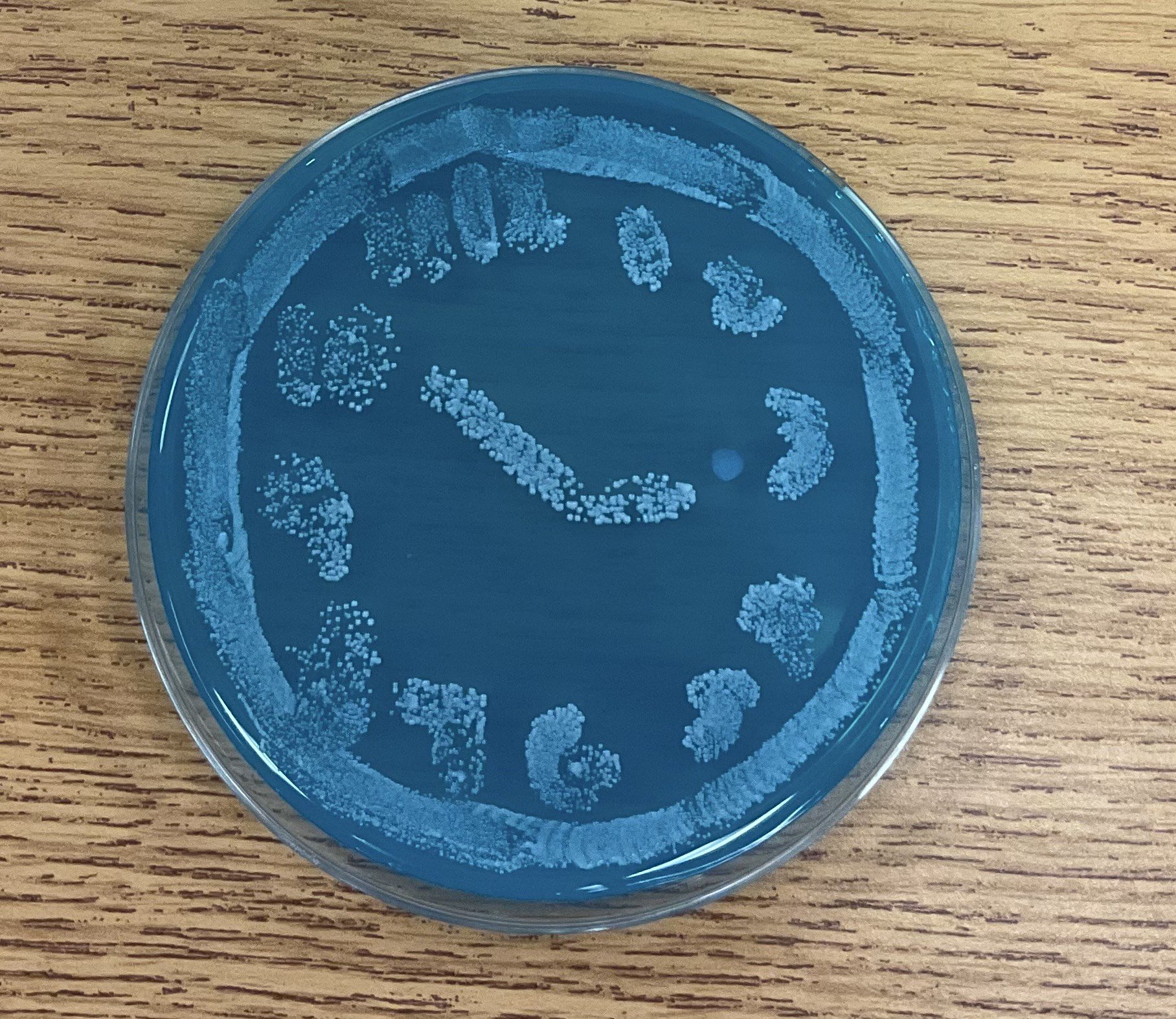

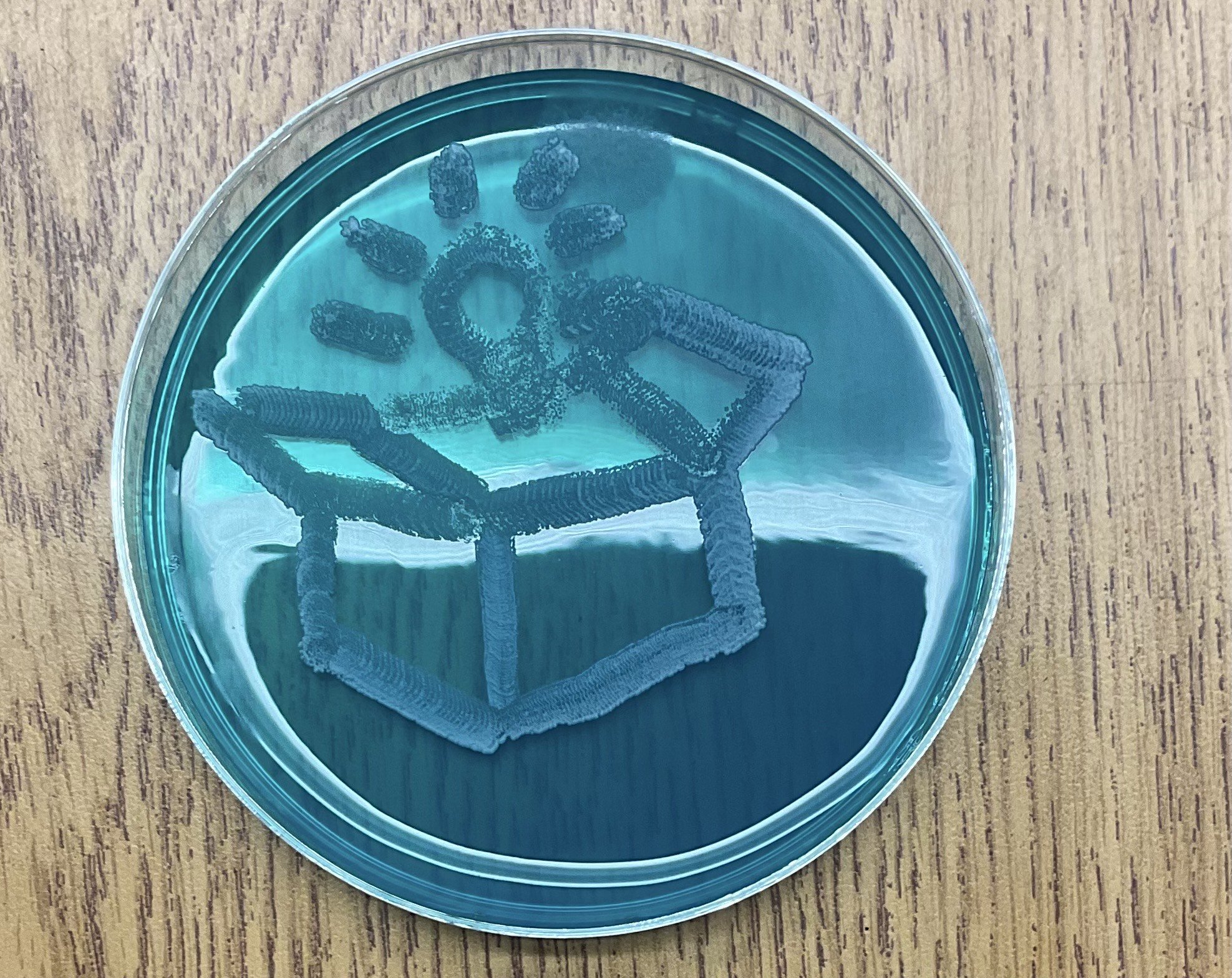
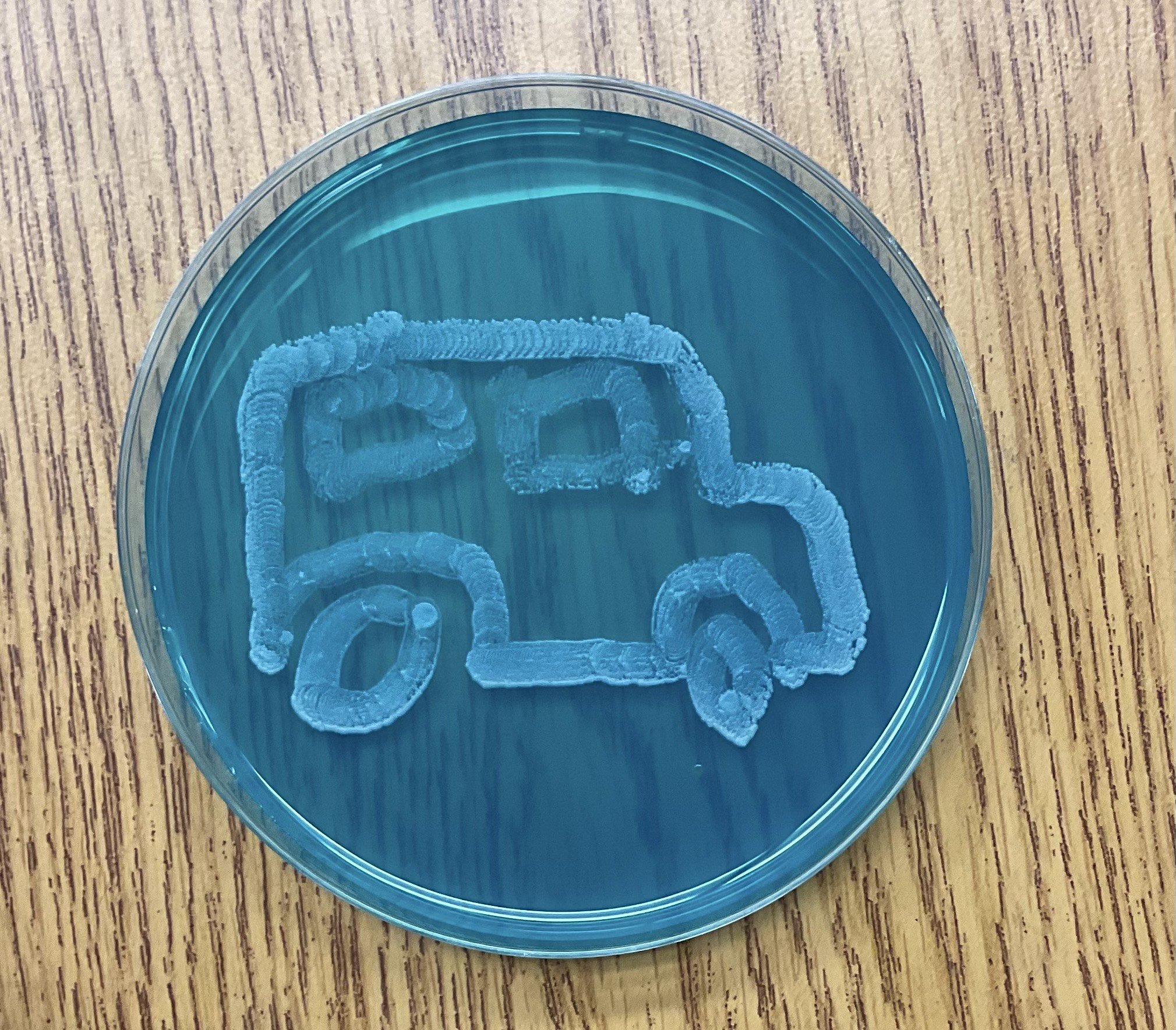
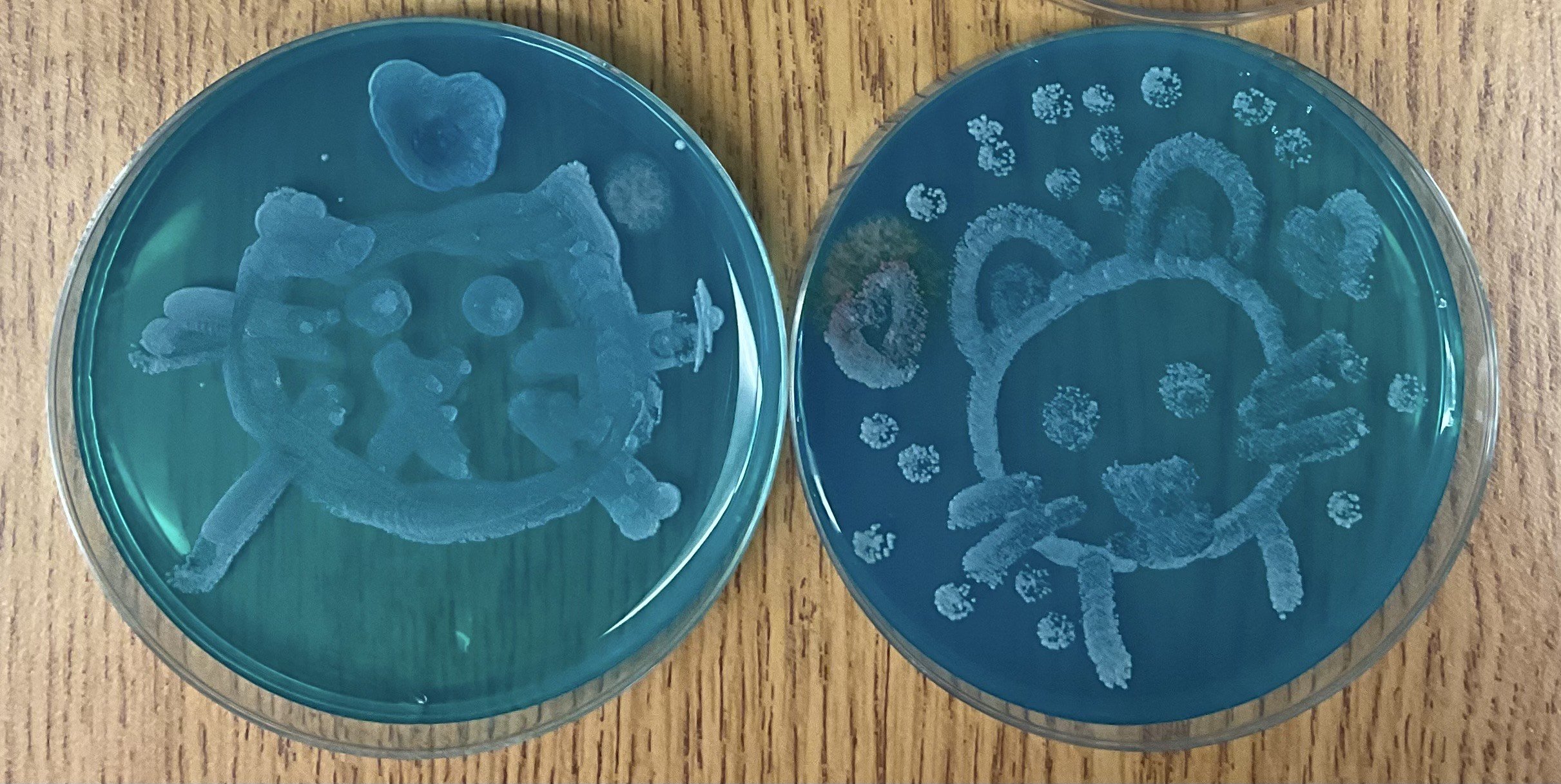

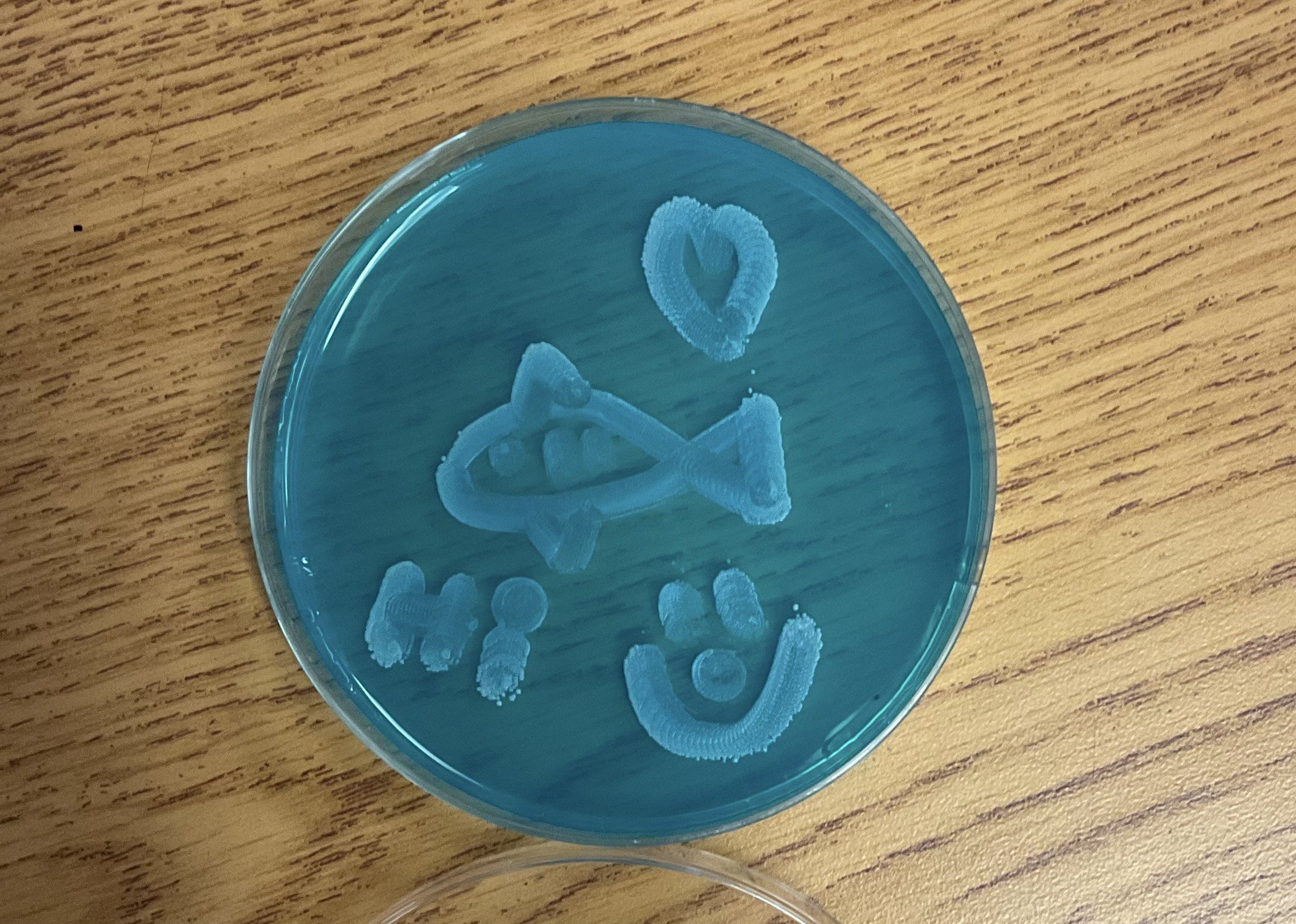
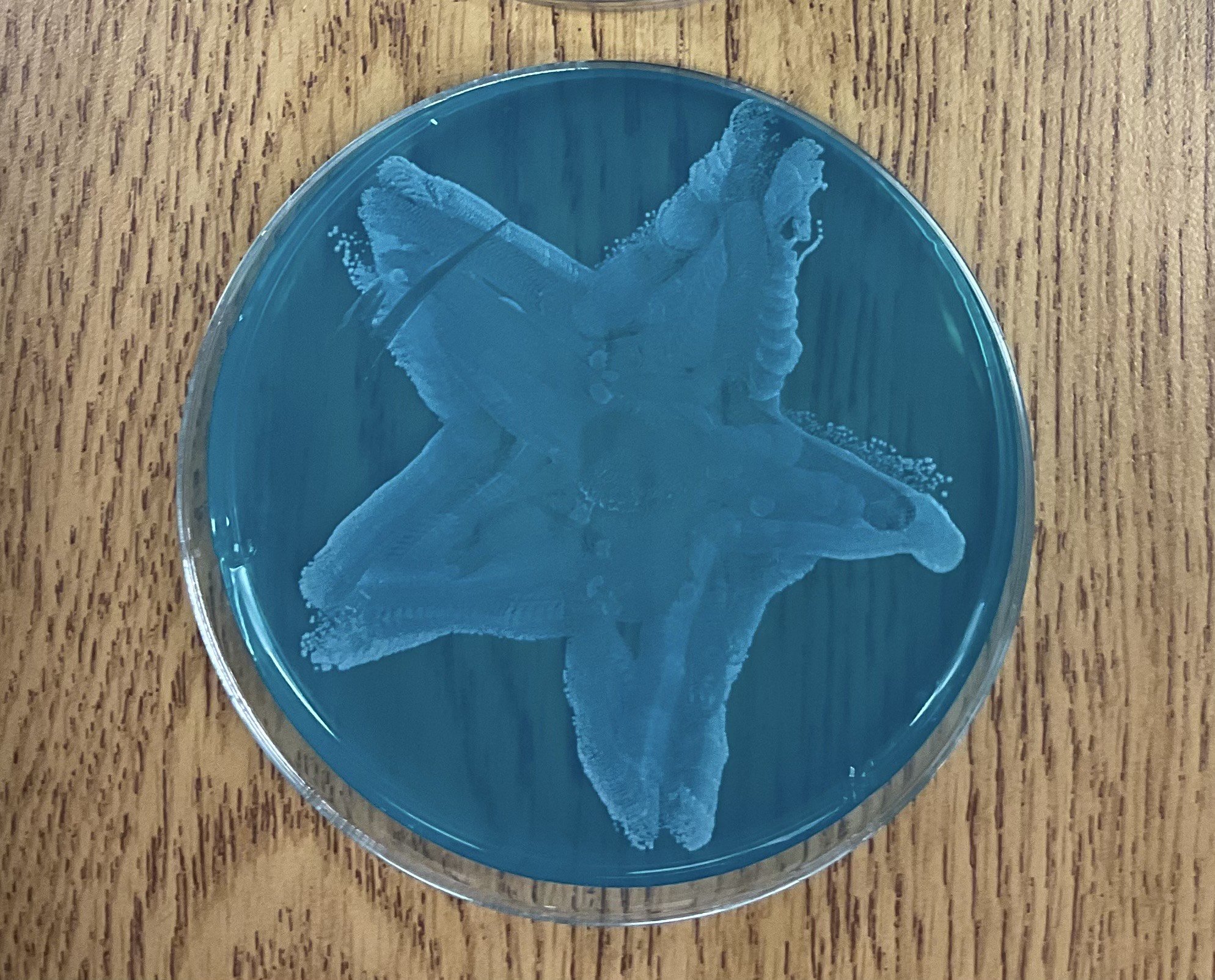
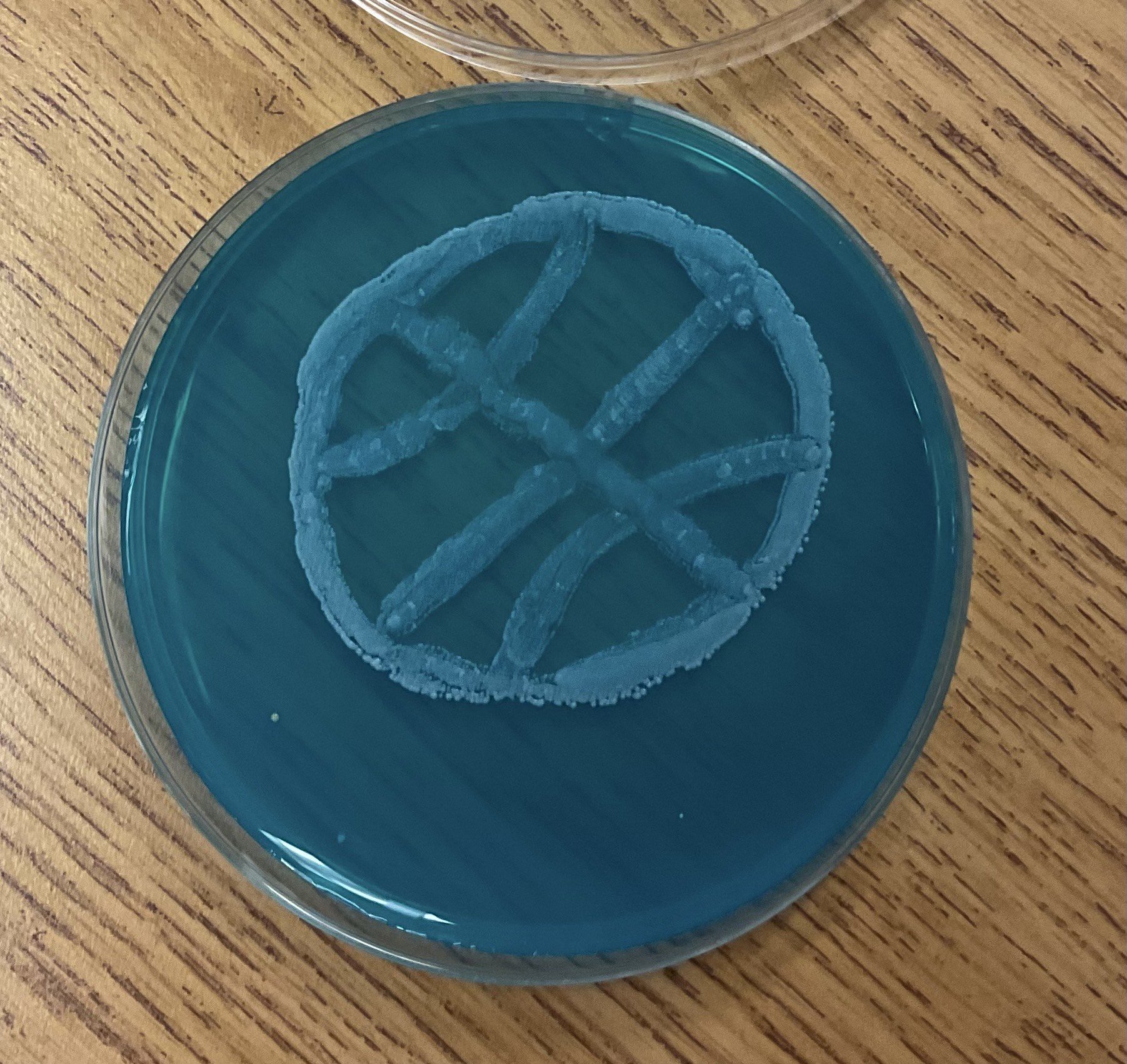
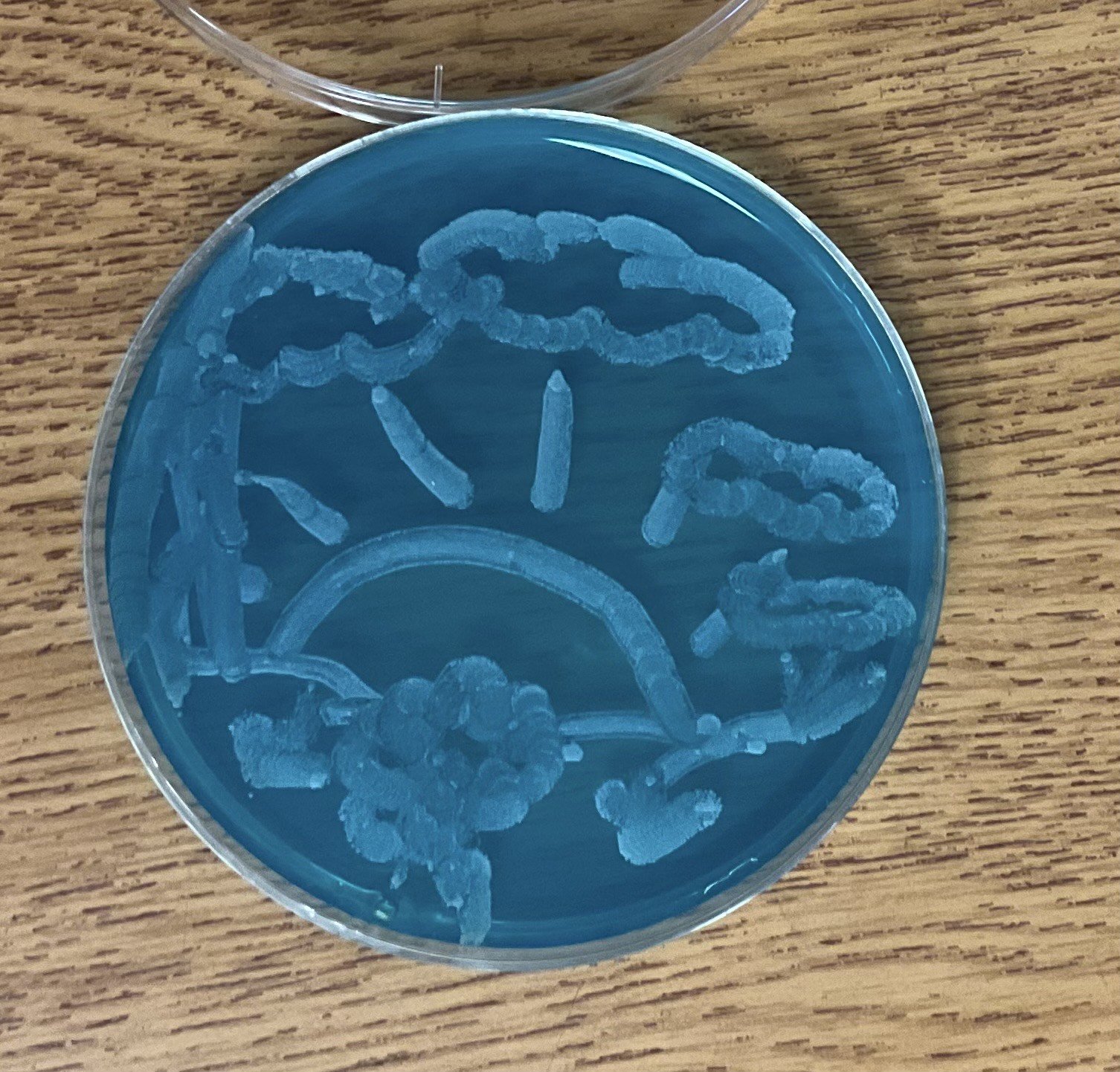

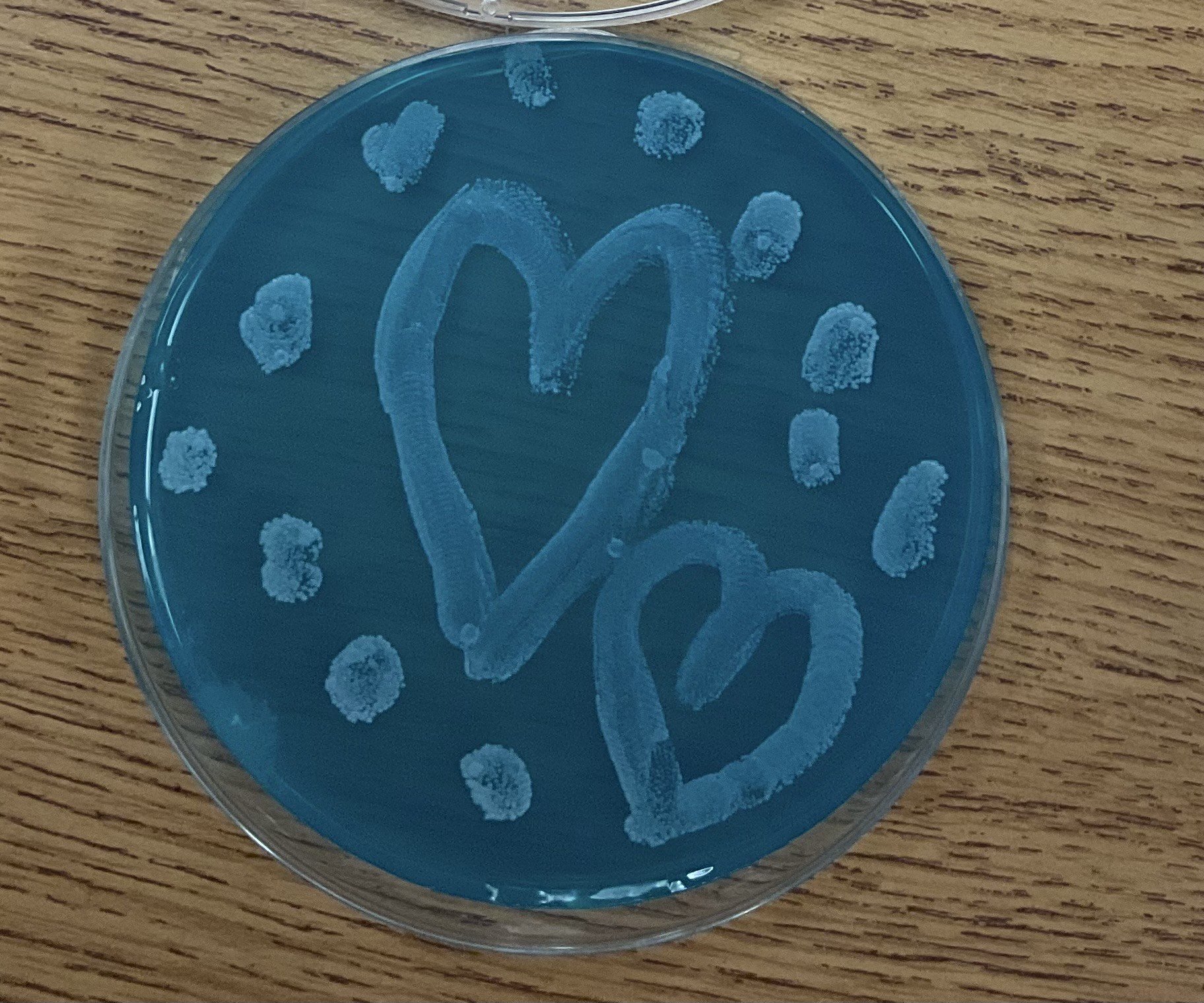
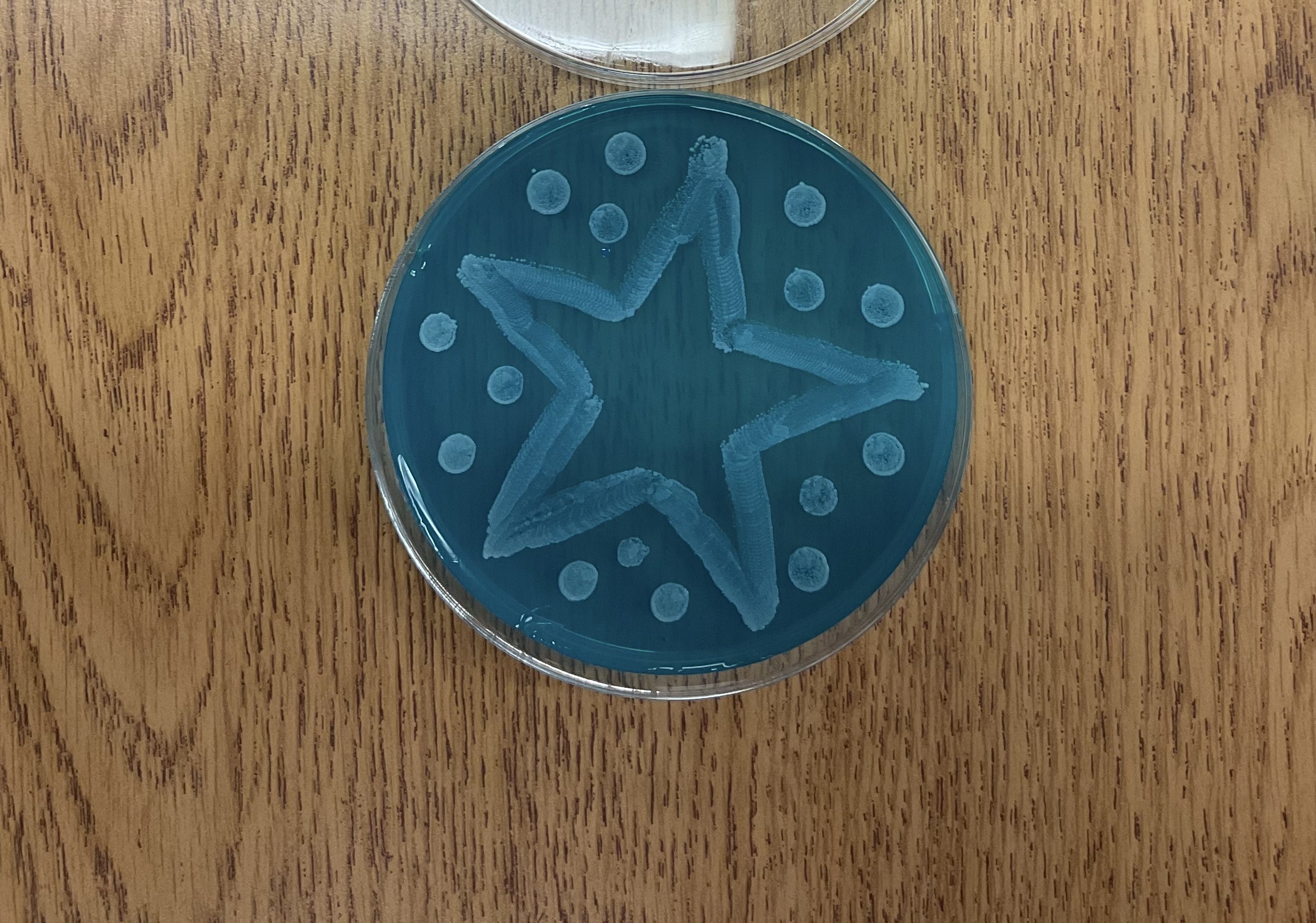
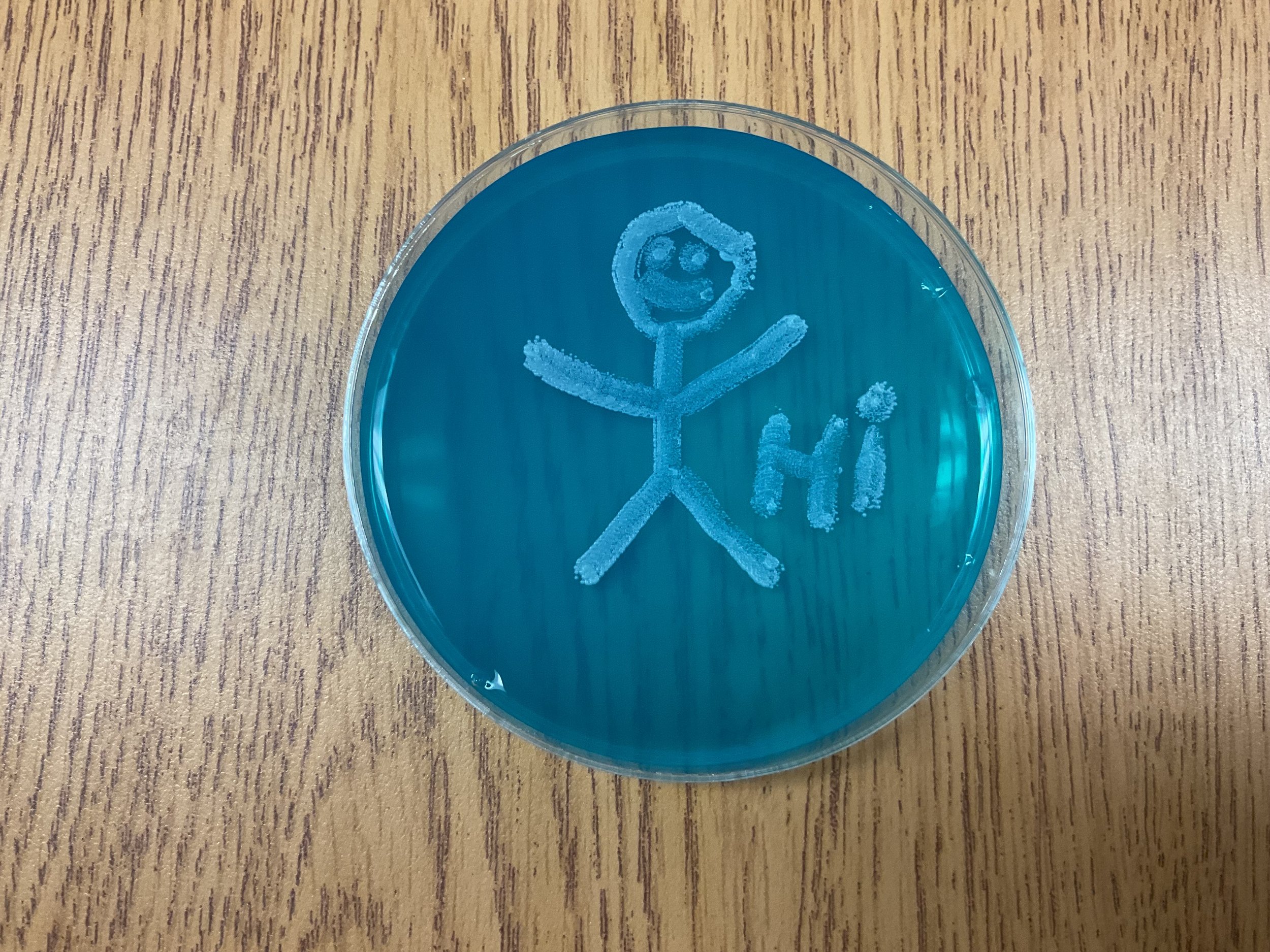
Participant and Instructor Feedback
“Thank you again for coming to our school. The students are still talking about your visit [a week later]. The students really enjoyed the project.”
Instructor
“I can’t wait to learn more about microbes as I get older. Because of you, I have taken a new perspective into (sic) what I want to be when I’m older. I hope to study microbes.”
6th grade student participant
“I didn’t know I could do this!”
Adult scientist participating in a workshop at the American Society for Virology Conference (2025)
“I really enjoyed painting with yeast and learning about your adventures!”
6th grade student participant
“Thank you for visiting our school. I really liked the microbe activity. I thought the activity was so cool and interesting.”
6th grade student participant
“I really enjoyed learning all about microbes and I hope to learn lots more! The amount of microbes is incredible… I hope to be a microbiologist when I grow up because I would love to learn so much more!
6th grade student participant
“This is such a fun idea!”
Adult scientist participating in a workshop at the American Society for Virology Conference (2025)
“The students all said that they really enjoyed the presentation and activity yesterday. It was fun hearing about each of their takeaways. The common one that I heard was that they all learned that microorganisms can be both beneficial and hurtful.”
Instructor
Supplies
Figure created with BIorender.com
Some suggestions for suppliers of solidified growth media in Petri plates (we recommend Potato Dextrose Agar or Malt Extract Agar). These all work for painting with Baker’s yeast (or sourdough starter).
You can also find pre-poured plates on vendor platforms such as Etsy.com
Painting with Sourdough Starter
Figure created with BIorender.com
Use the original protocol and supplies list, but swap out the Baker’s yeast for one Tablespoon of Sourdough Starter to paint with your starter. Don’t have a sourdough starter? Visit our Wild Sourdough Project to learn how to create your own. Don’t forget to name your starter with the help of our sourdough name generator.
Thanks to our supporters
These groups provided supplies in-kind or financial support for this project.
A 2025 fellowship to Anne A. Madden from the following organization supported our efforts to make this resource available on a preprint server
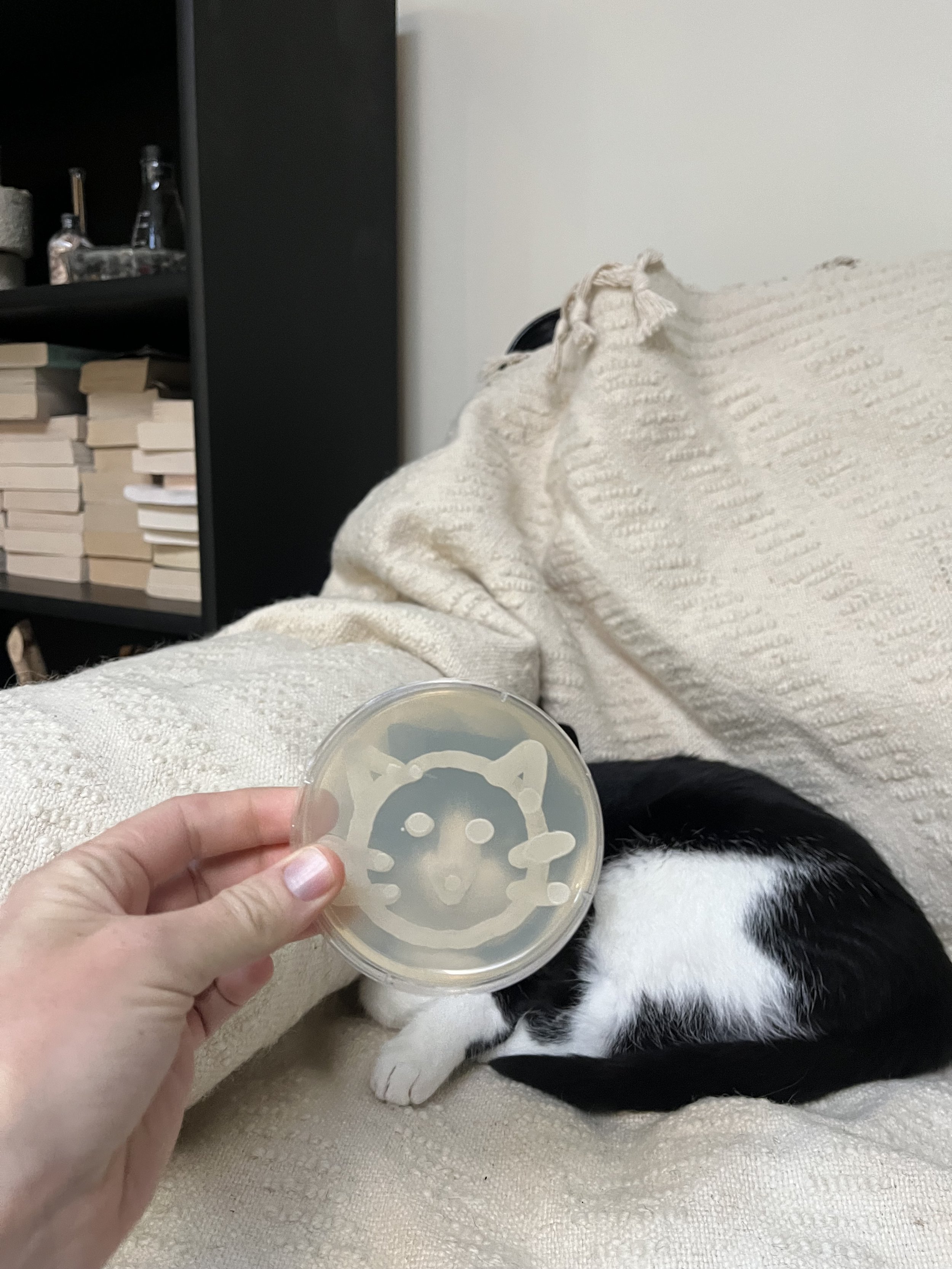
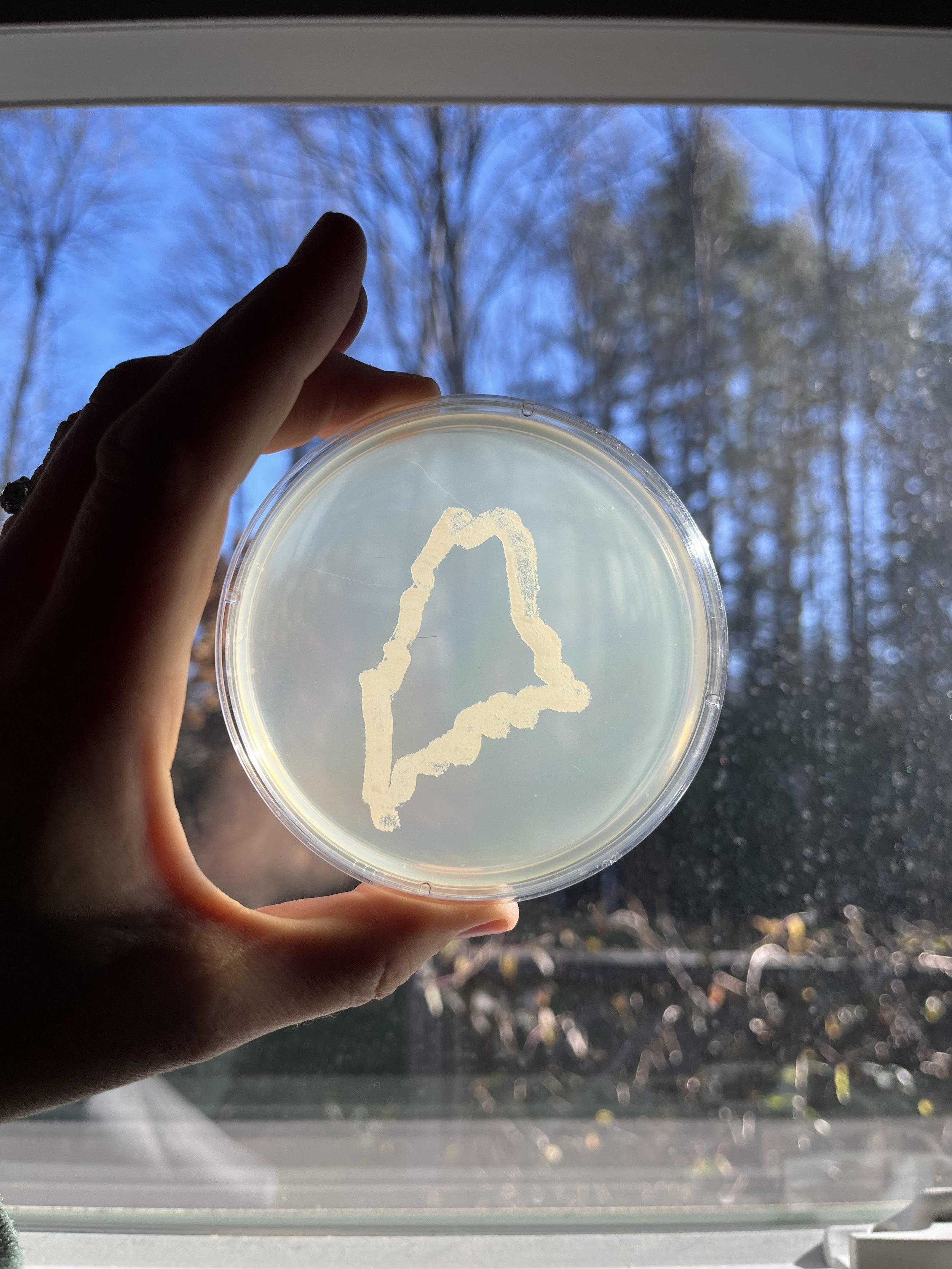
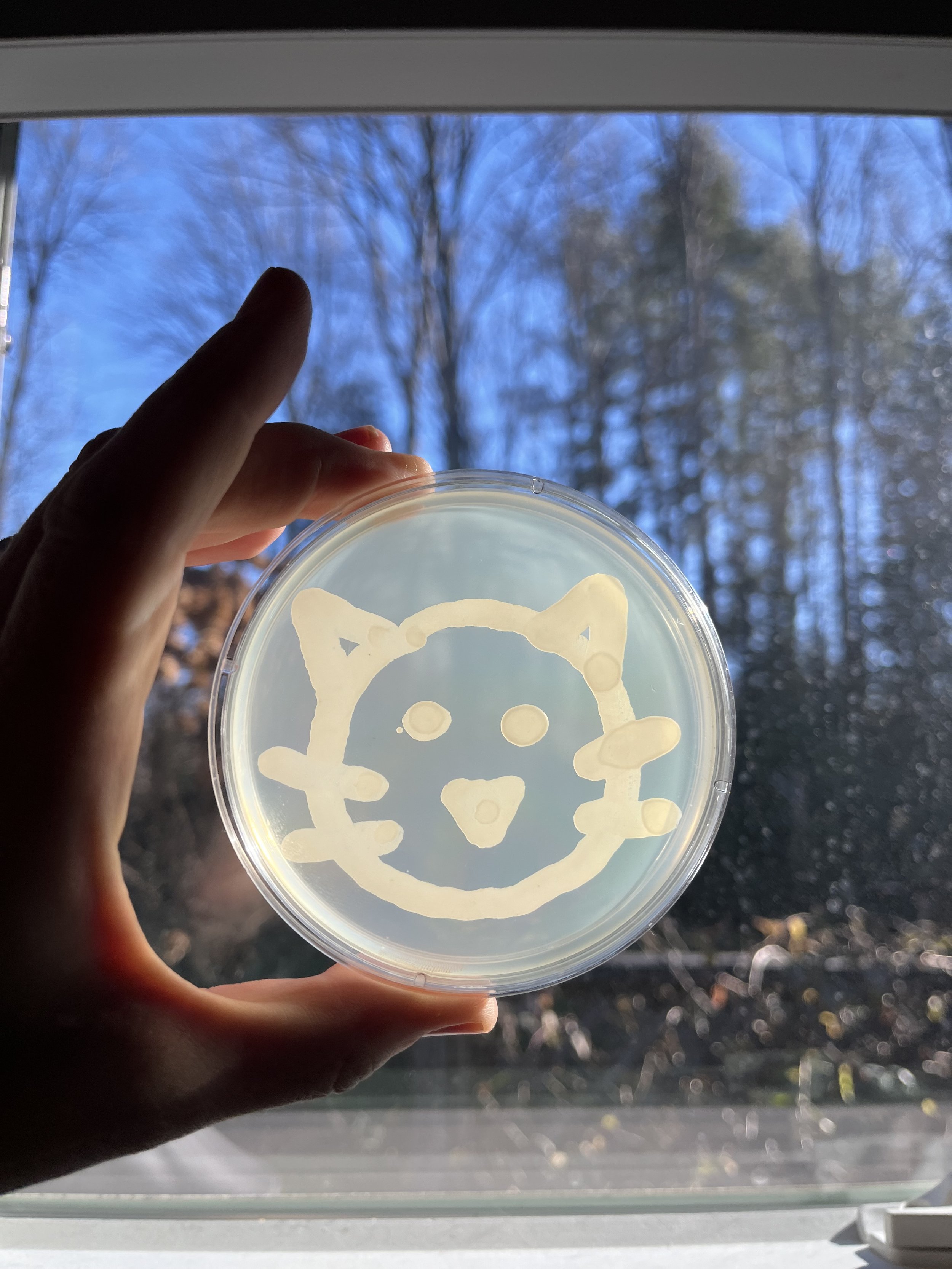
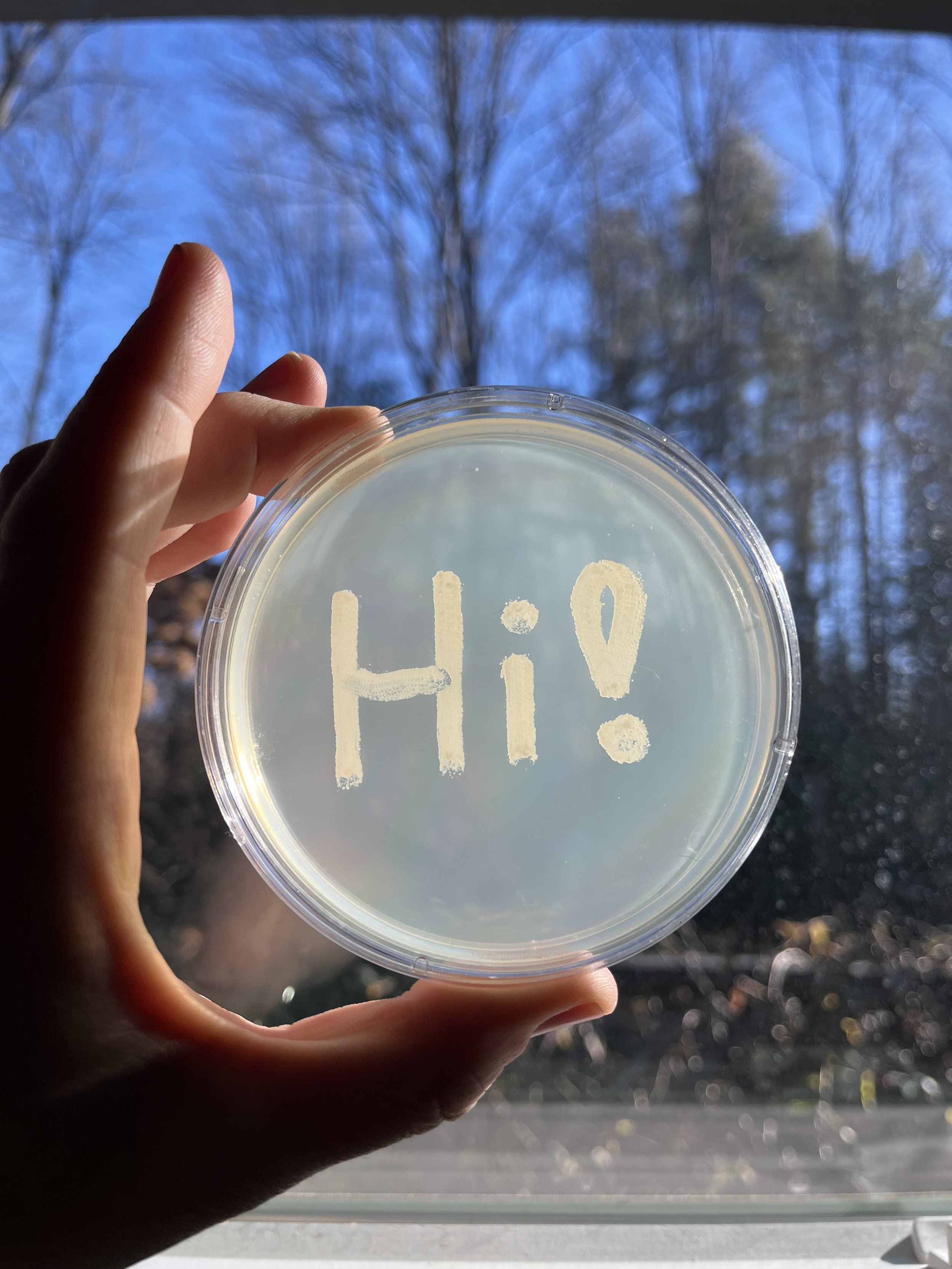
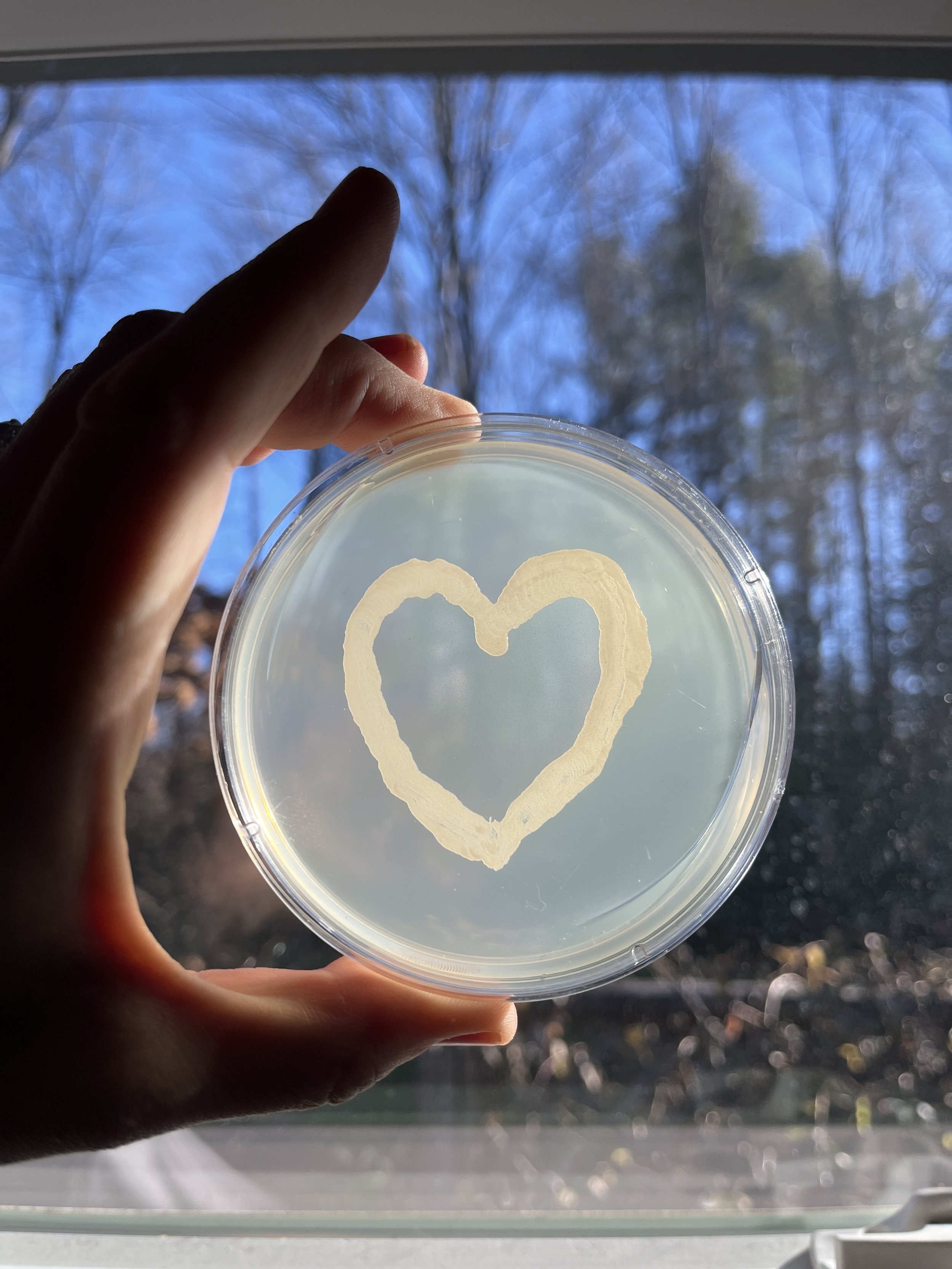
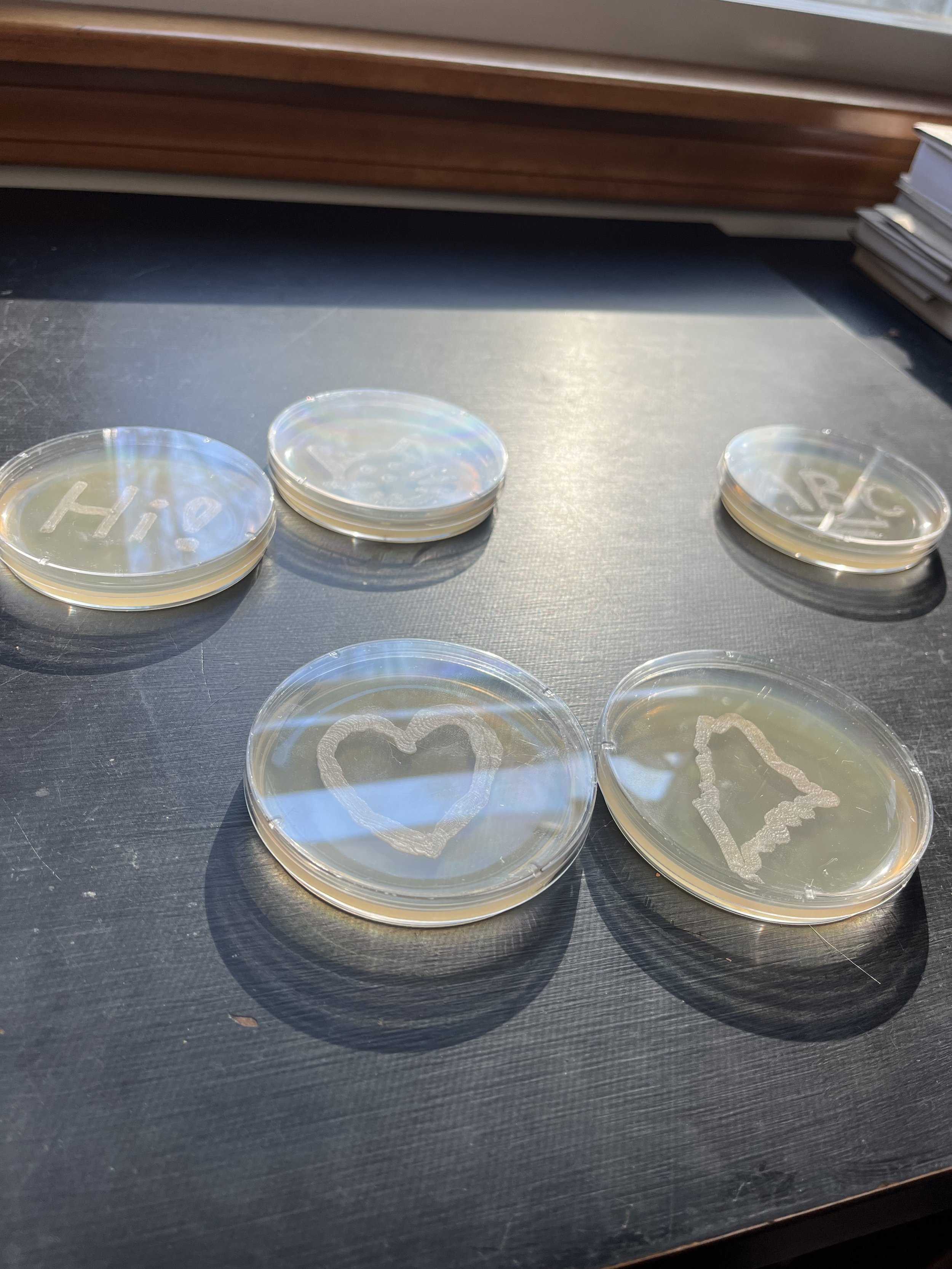
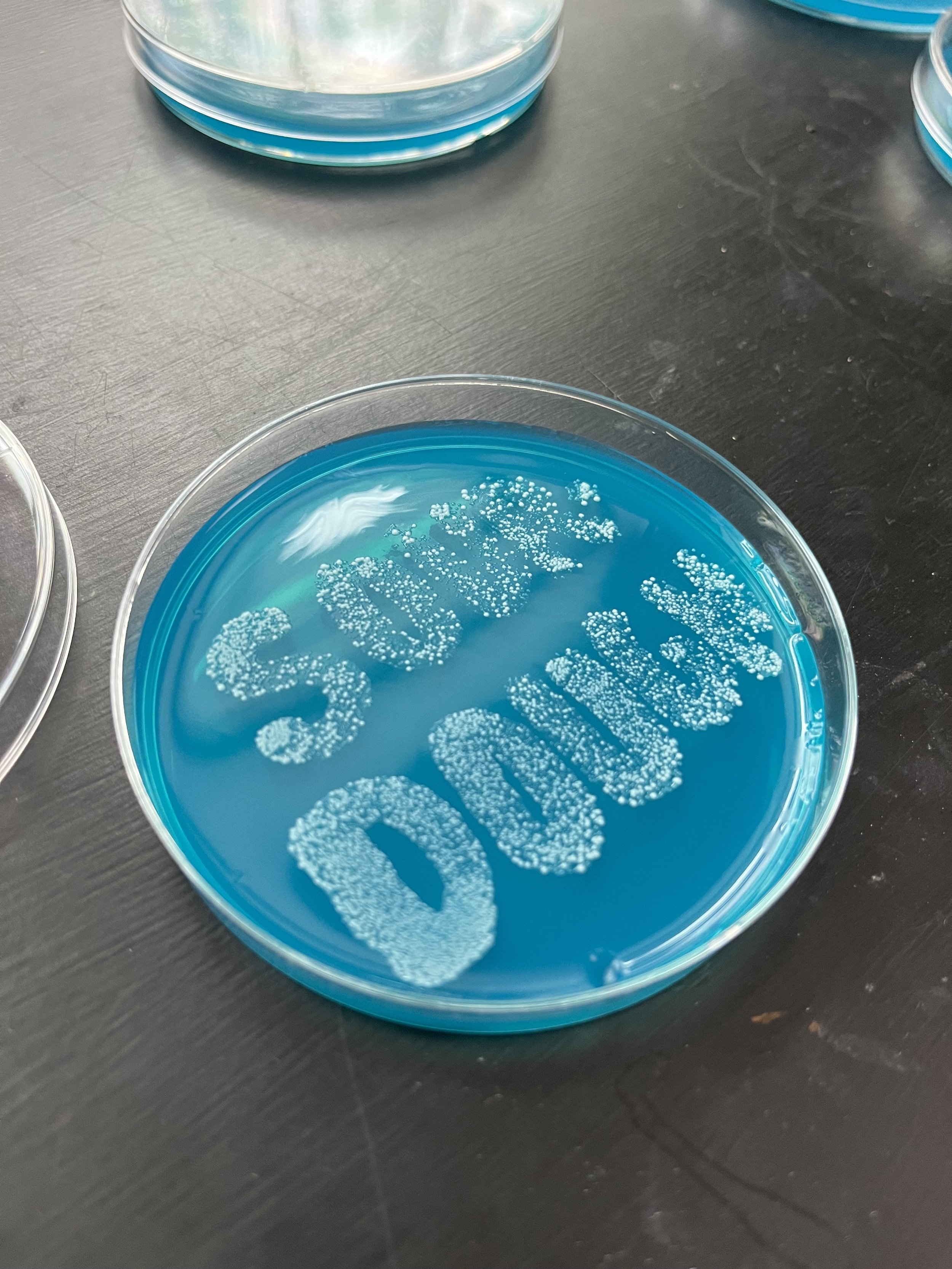
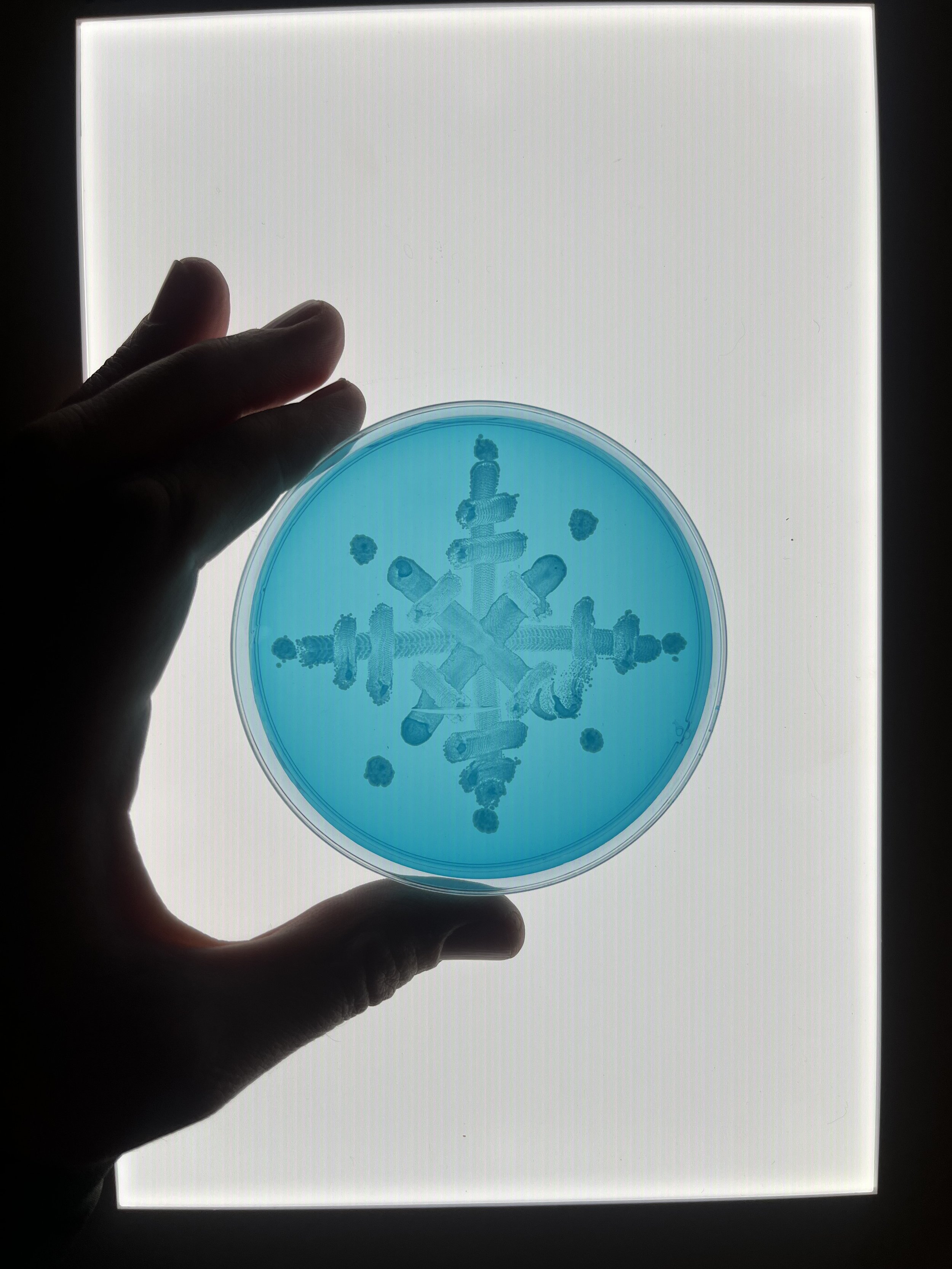
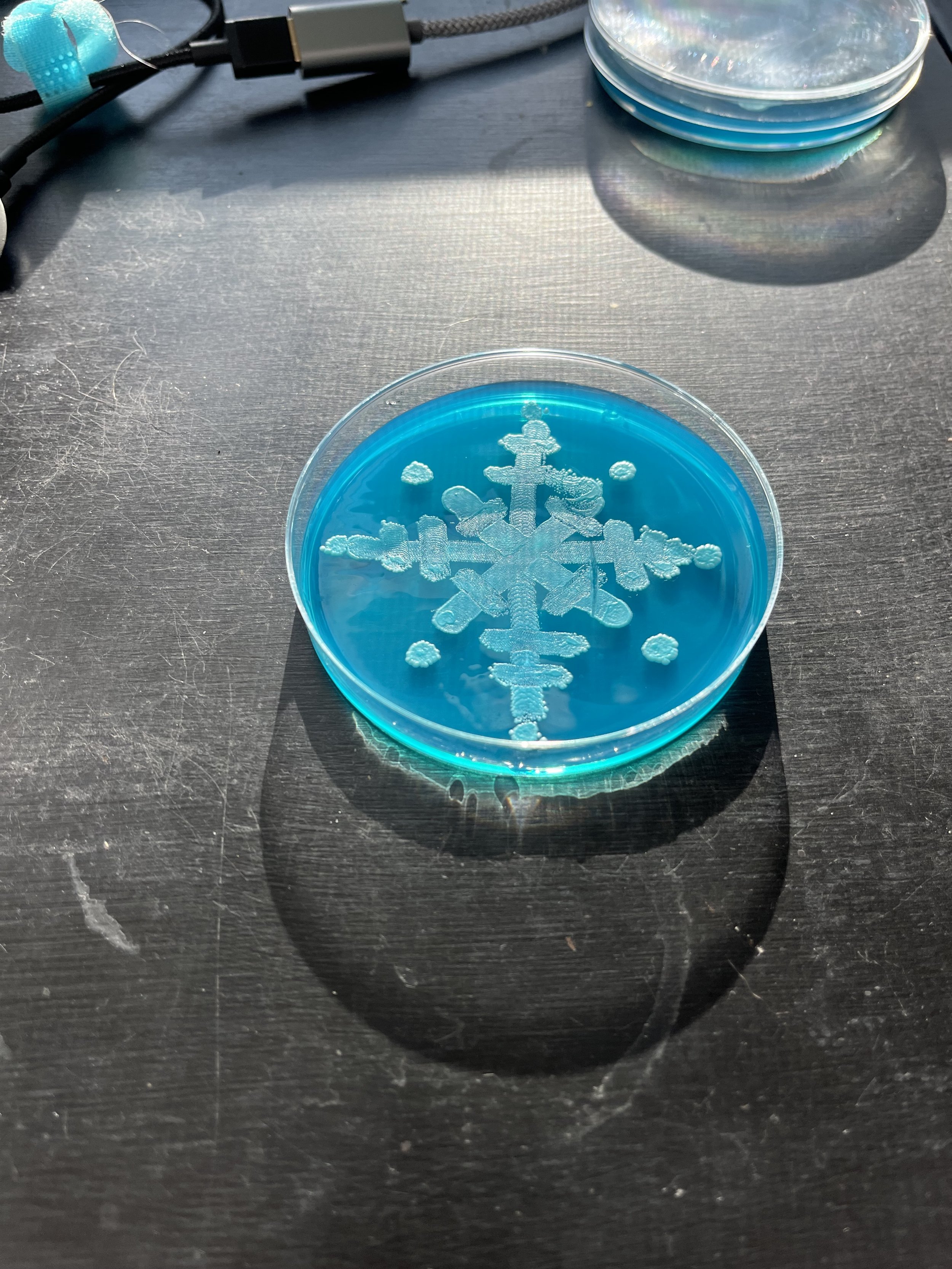

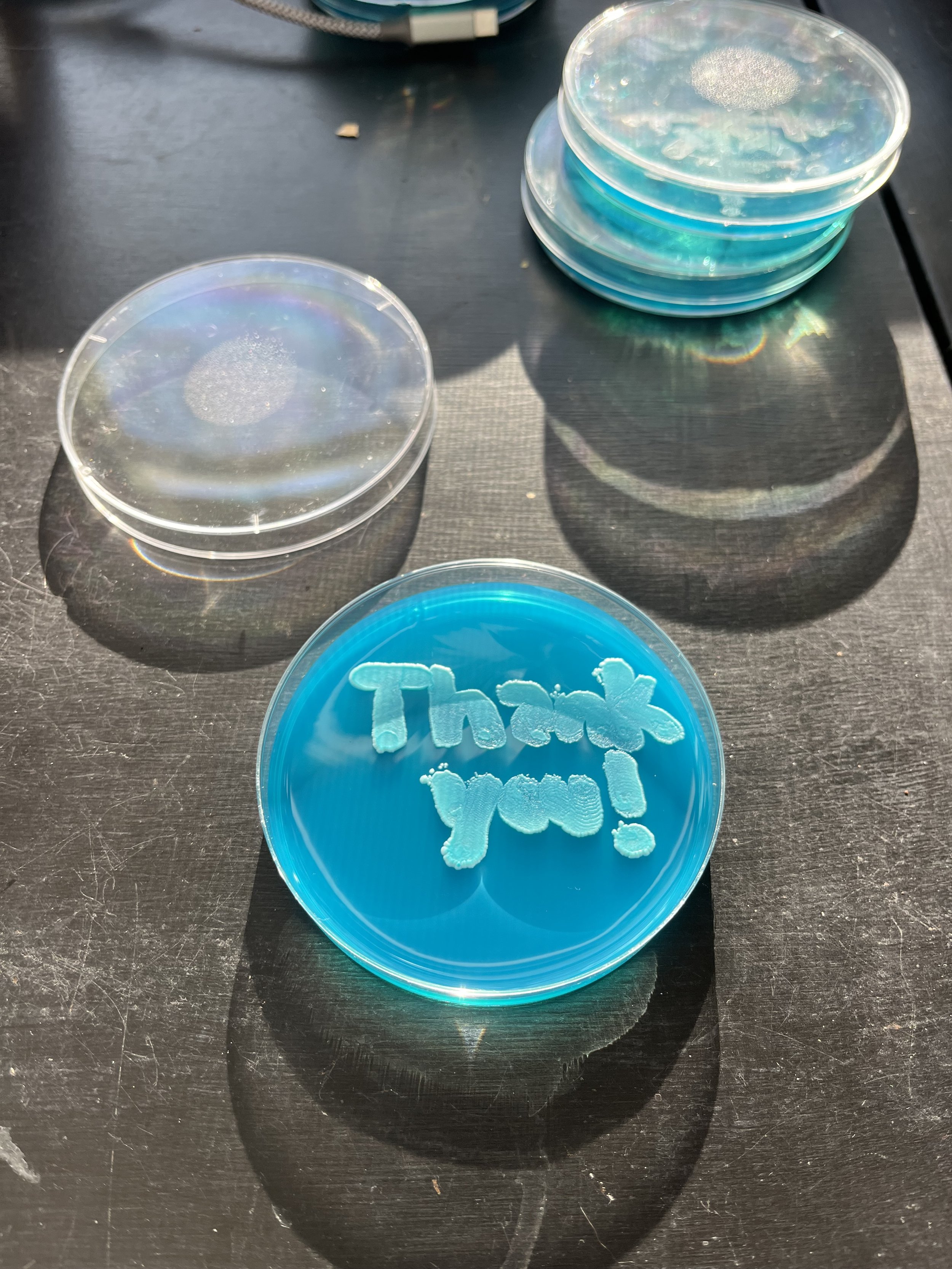
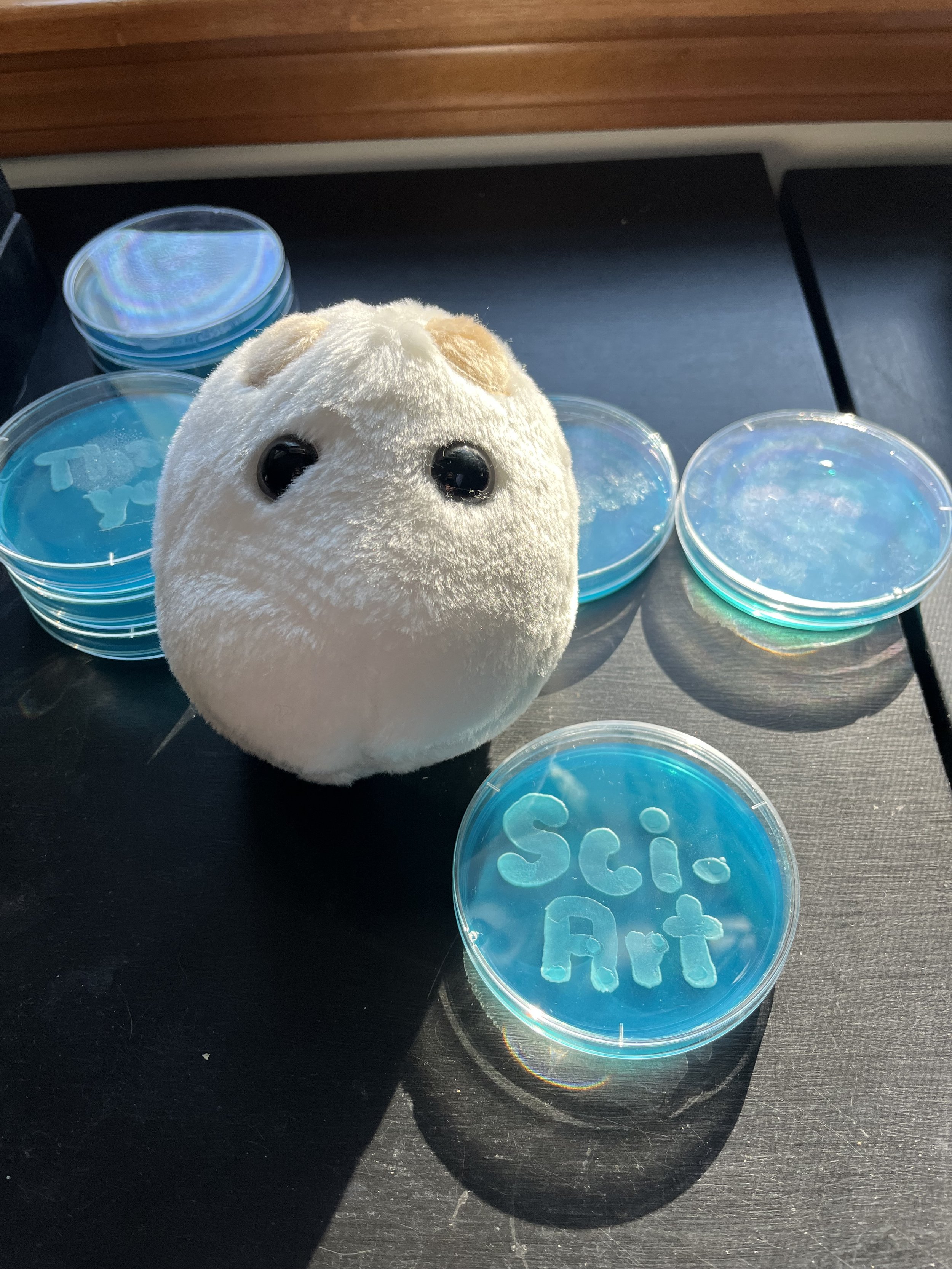
Thanks to our team
This project includes an international team of microbiologists, “Agar Artists,” and science communicators based in the USA and Indonesia. They include (in the order of the associated publication):
Anne A. Madden, Ph.D. Founder of The Microbe Institute, Microbiologist and Project Lead.
Swetha Ramikrishnan, Ph.D. Microbiologist, Science Communicator, and Contributor at The Microbe Institute
Mehmet Berkmen, Ph.D. Senior Staff Scientist at New England Biolabs, Microbiologist, and Agar Artist.
Corrado Nai, Ph.D. Microbiologist, Science Communicator, and Independent Scholar (Currently working on a science communication project related to Agar.)
Tracy Debenport, M.S., Microbiologist, Science Communicator, and Creative Content Producer at The Microbe Institute.
We greatly appreciate the assistance of 6th-grade instructors and students from the Gray-New Gloucester Middle School (MSAD #15) of Maine for participating in these activities and contributing their art and feedback to our publication. We thank the Bioscience Association of Maine for putting together the “Maine Bioscience Day” that facilitated this partnership.
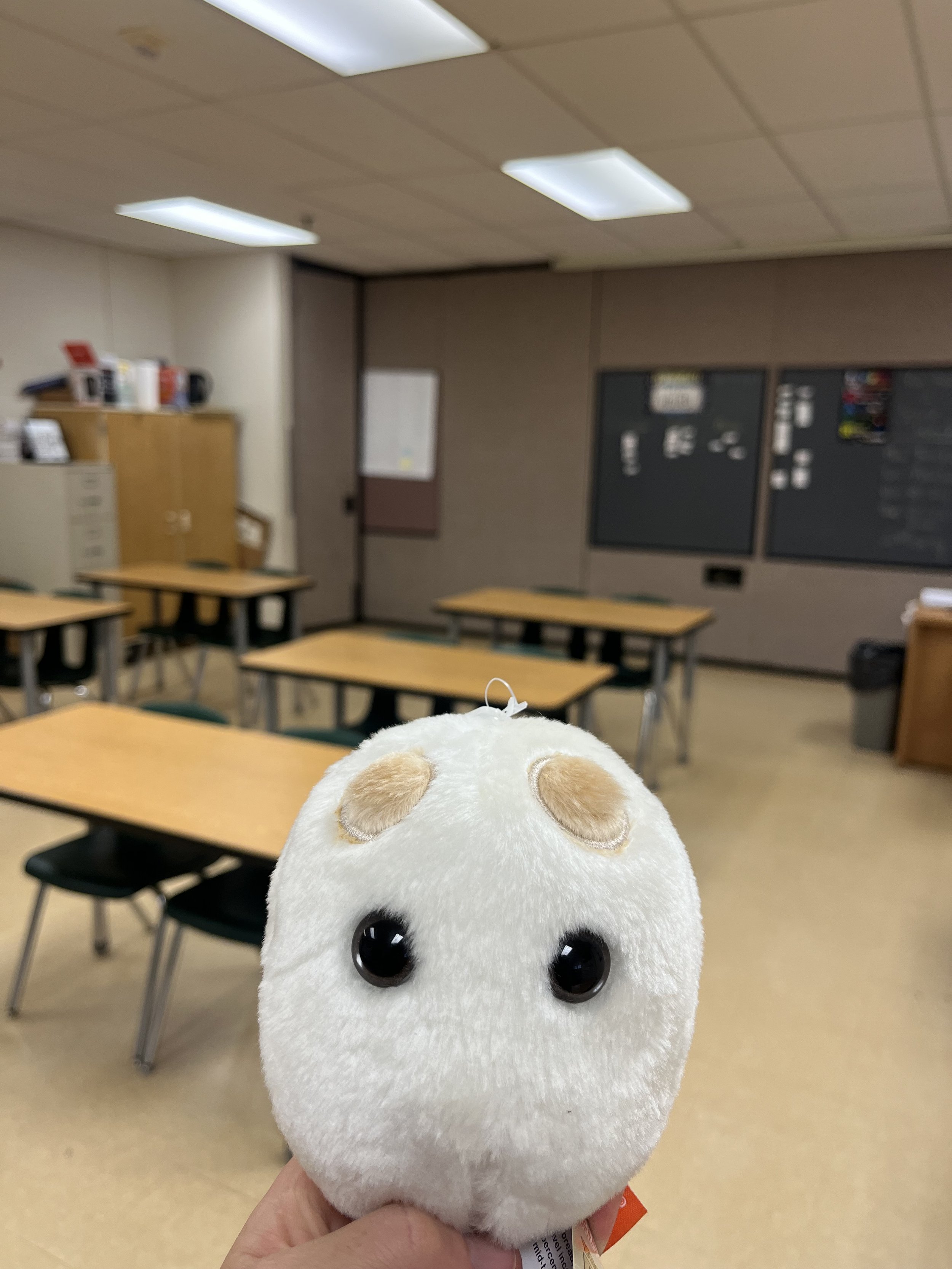
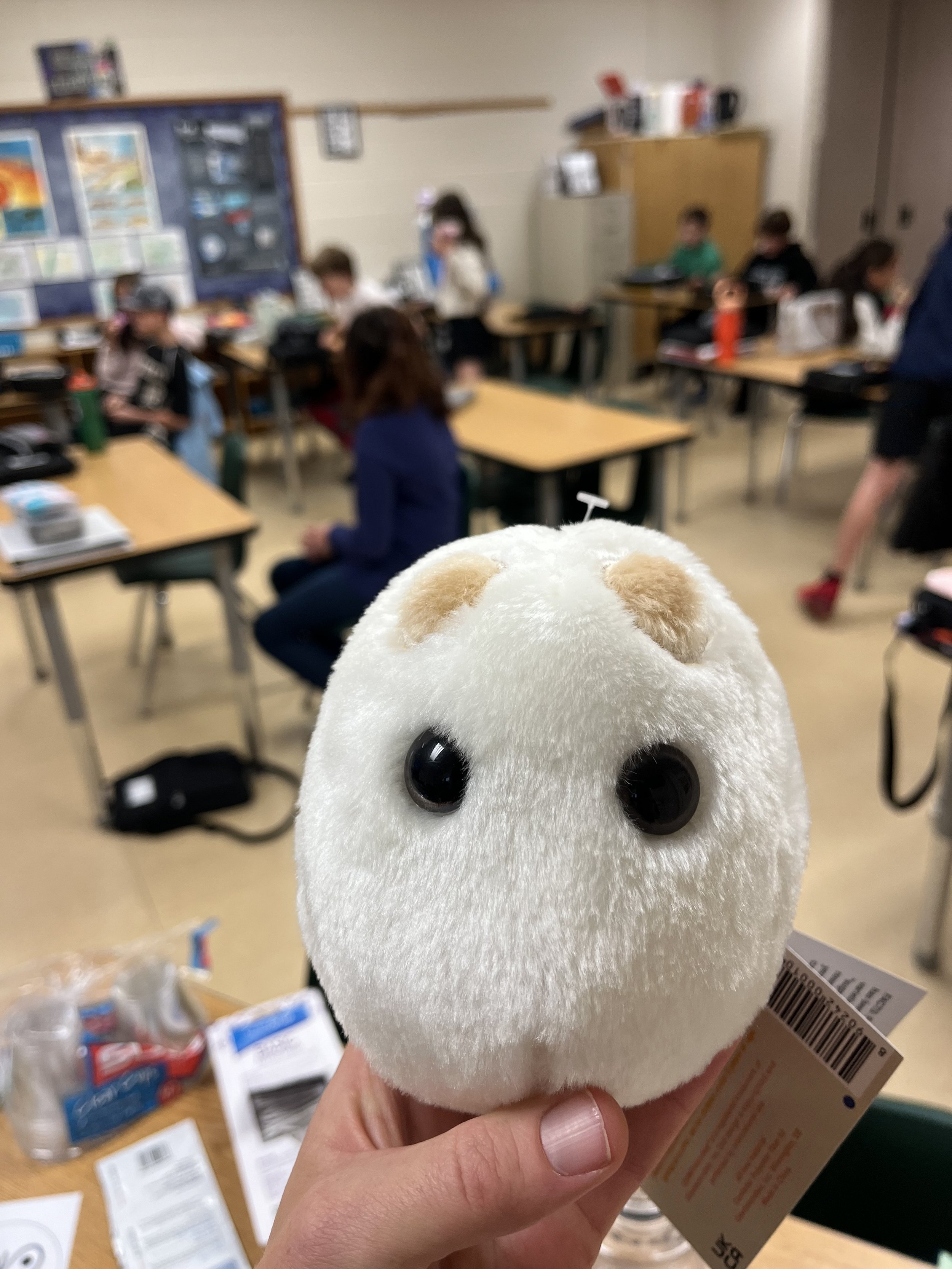
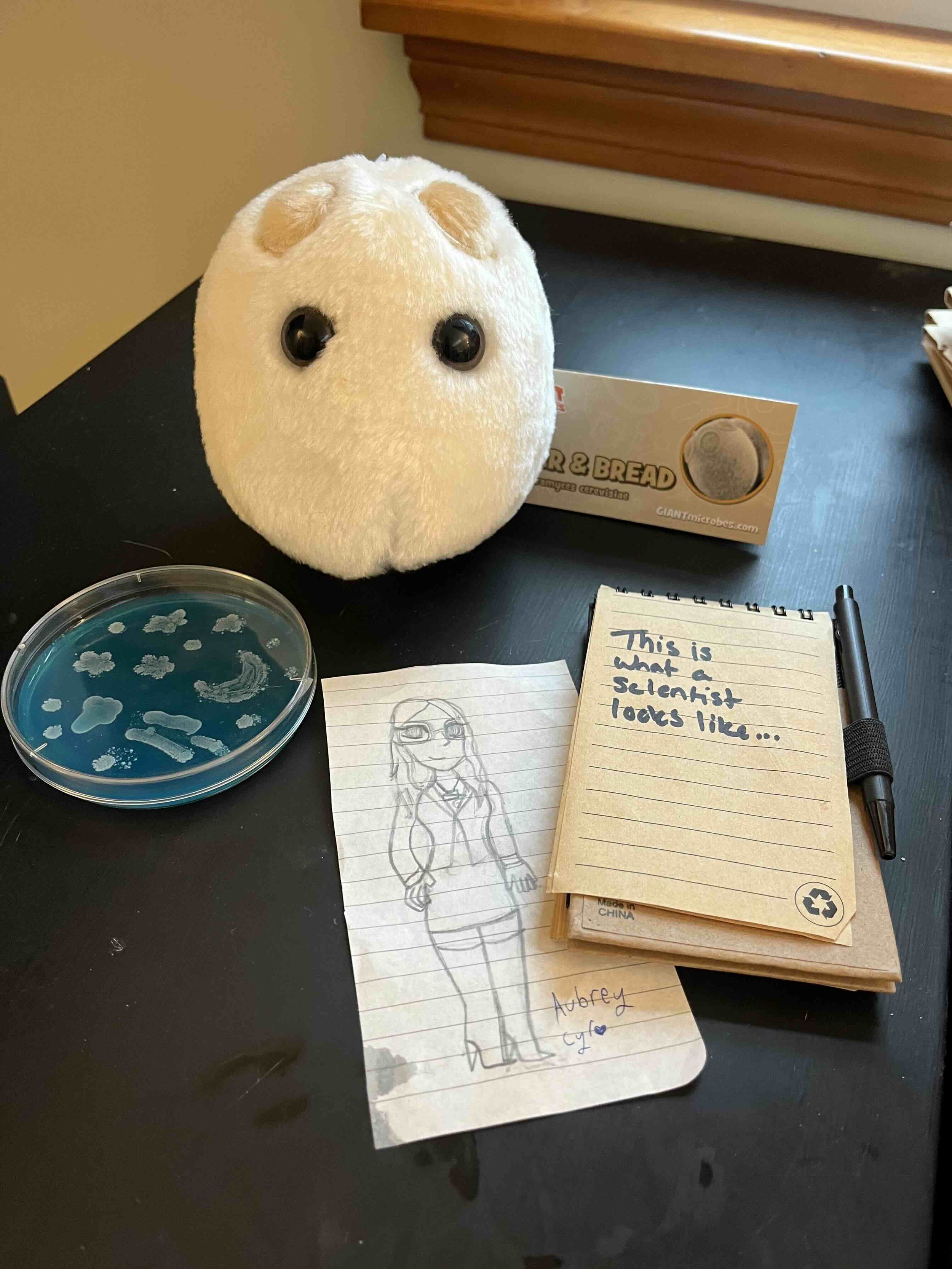
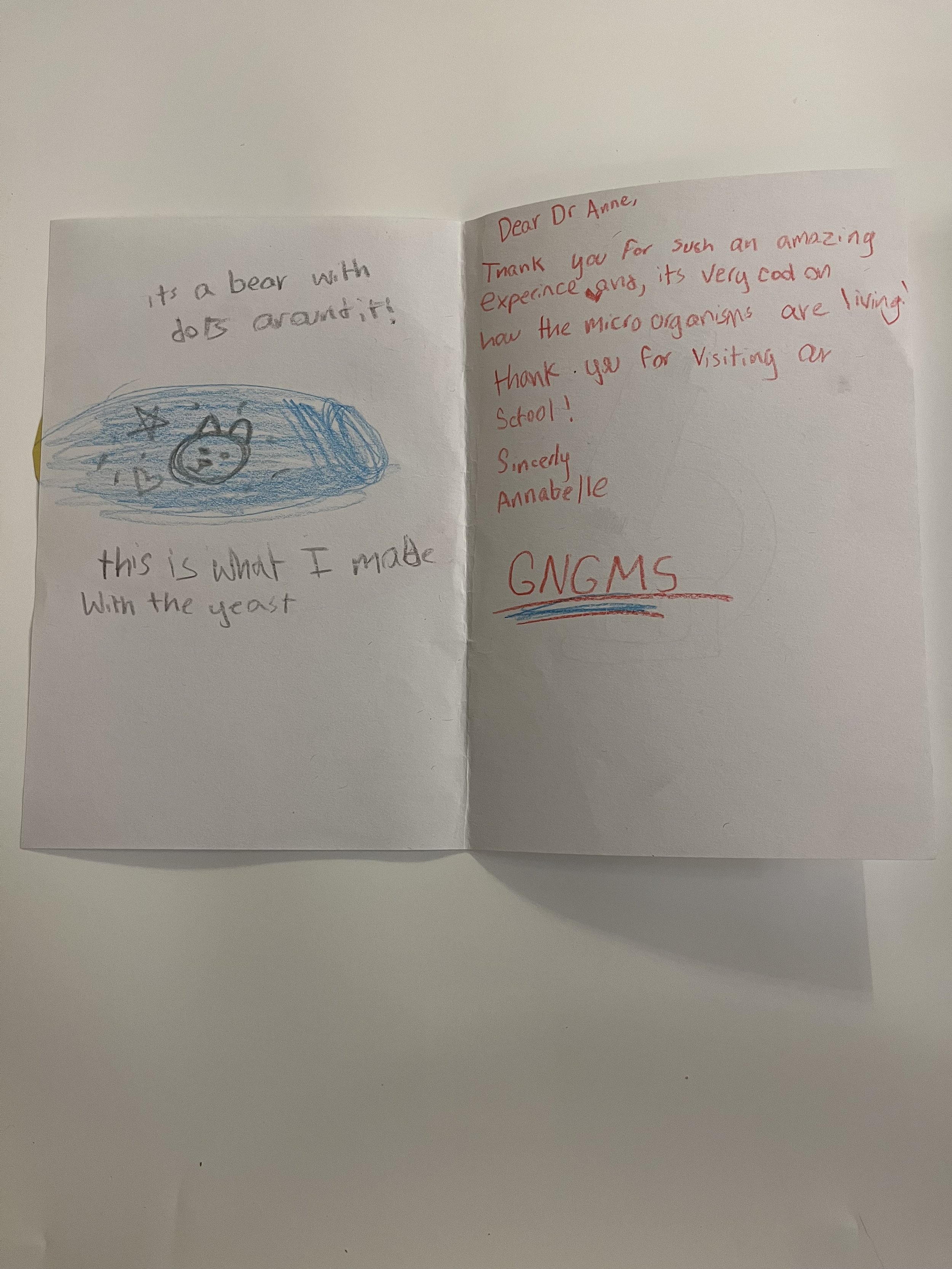
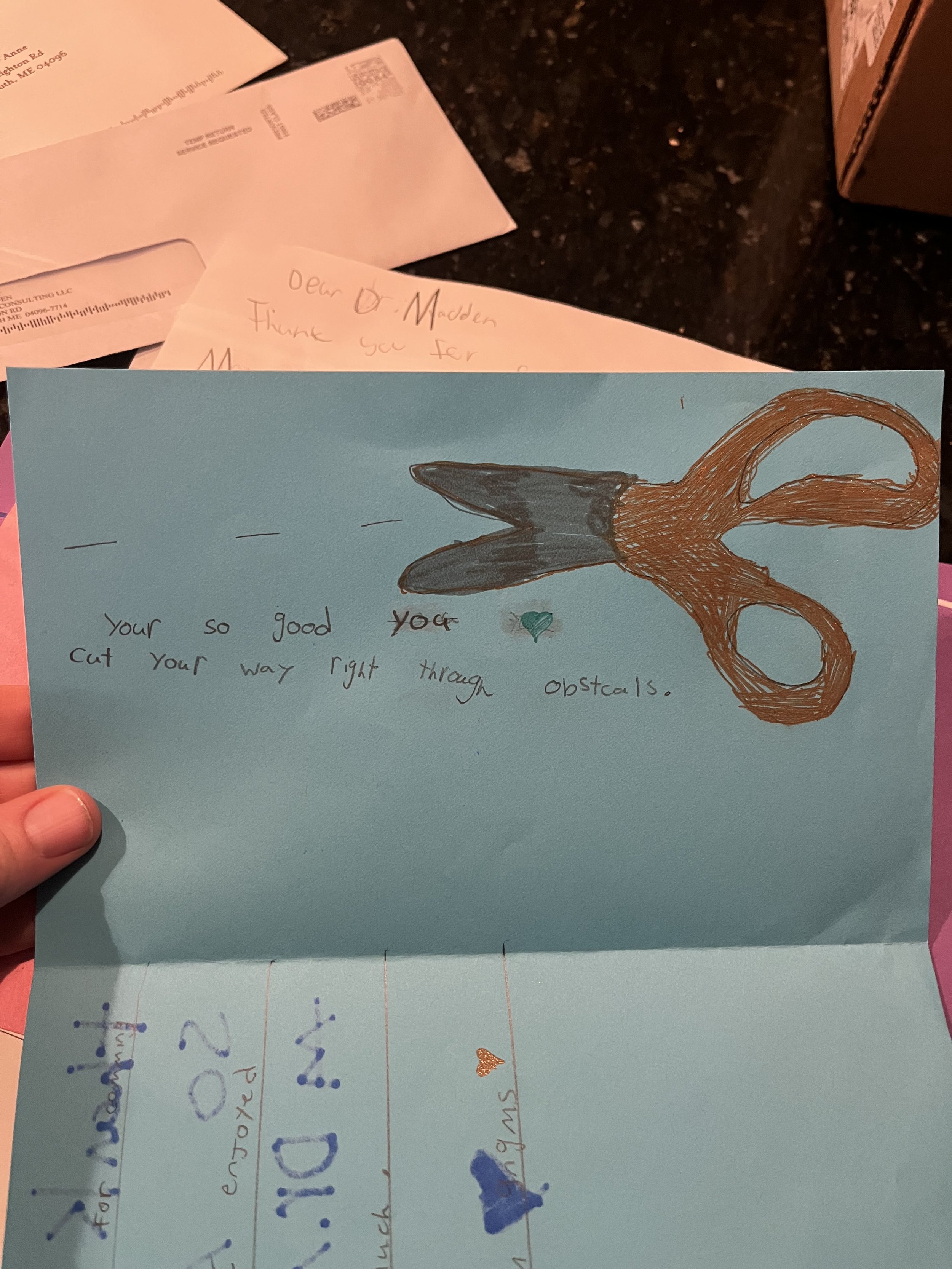
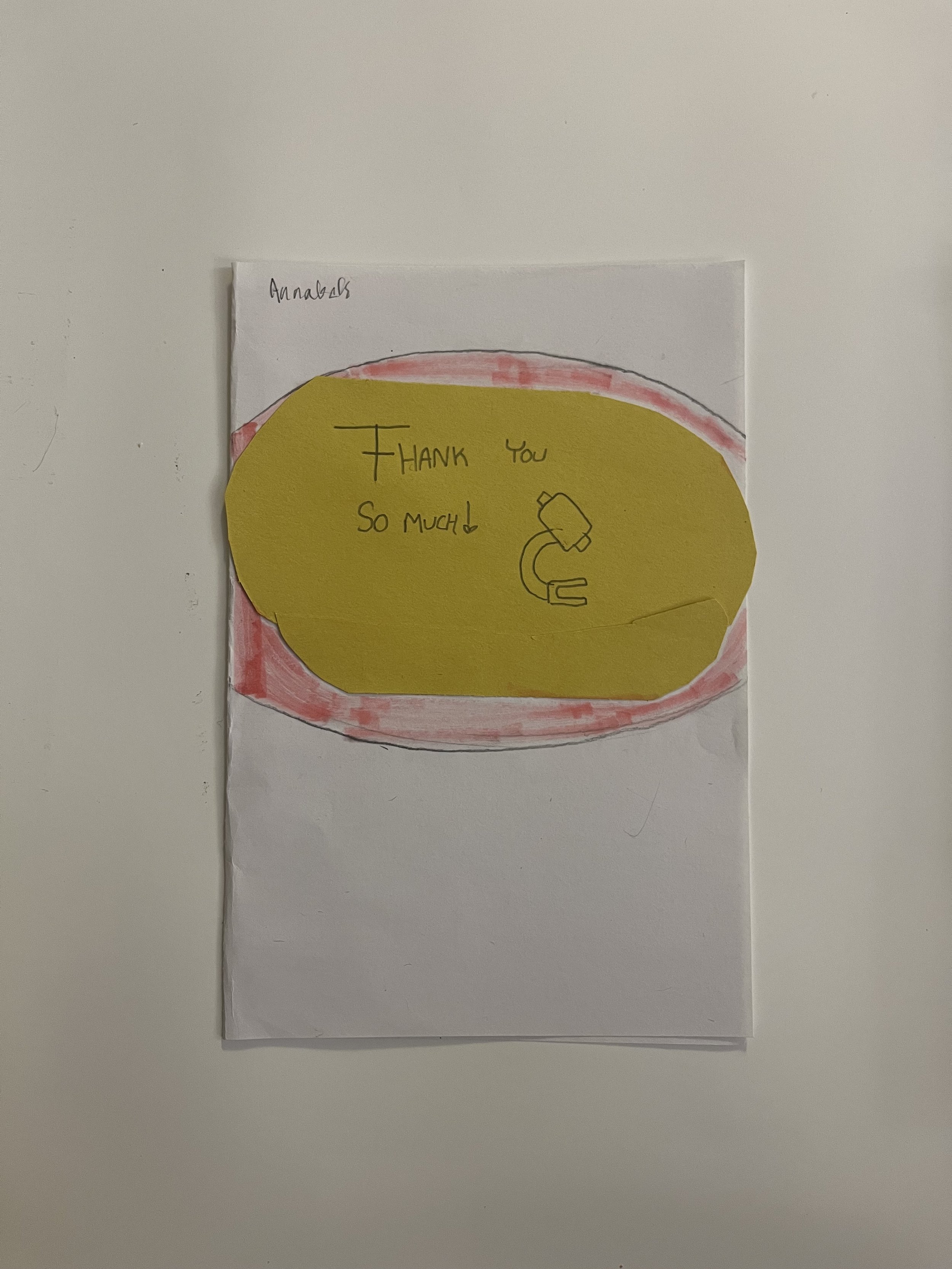

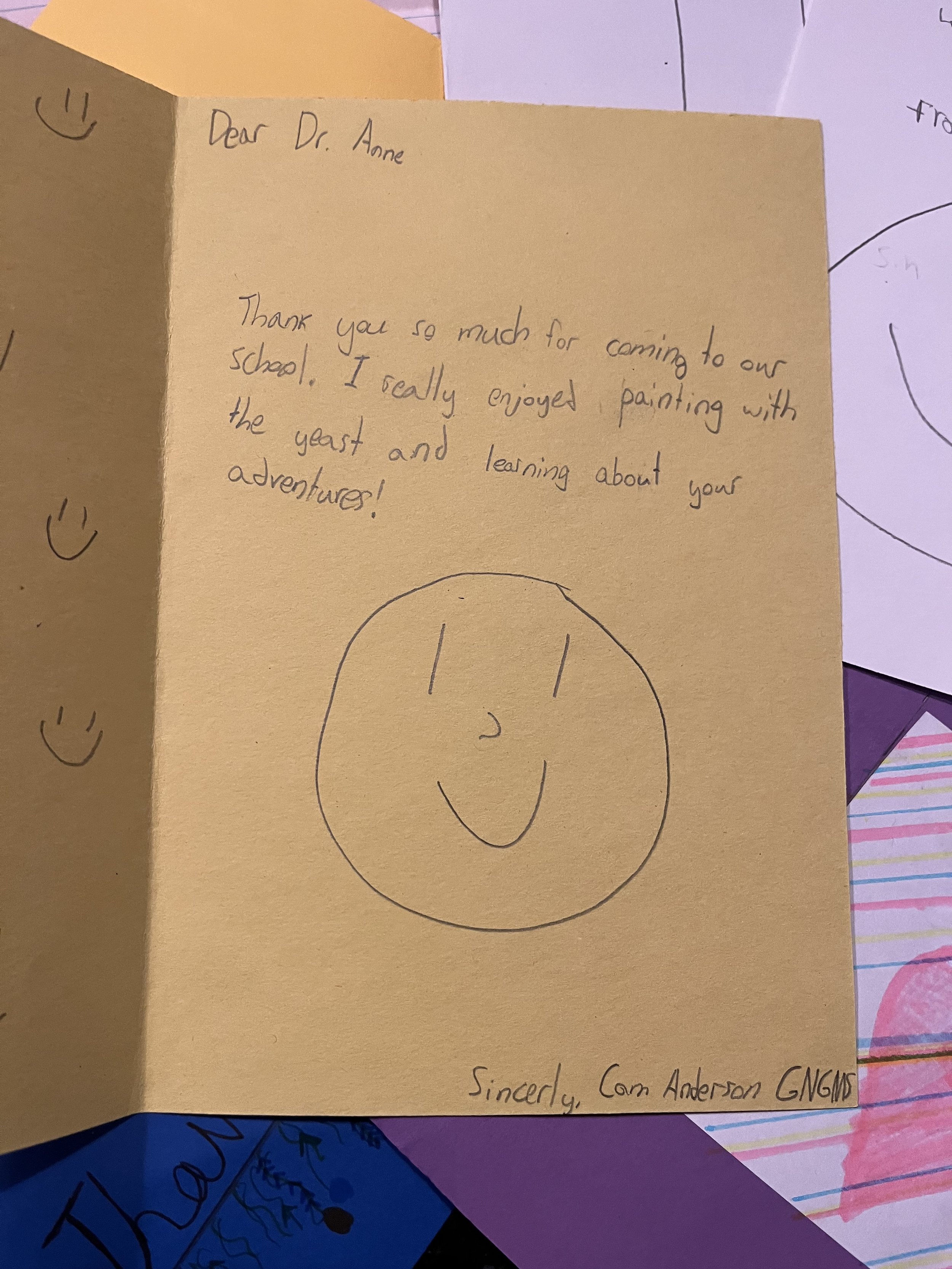
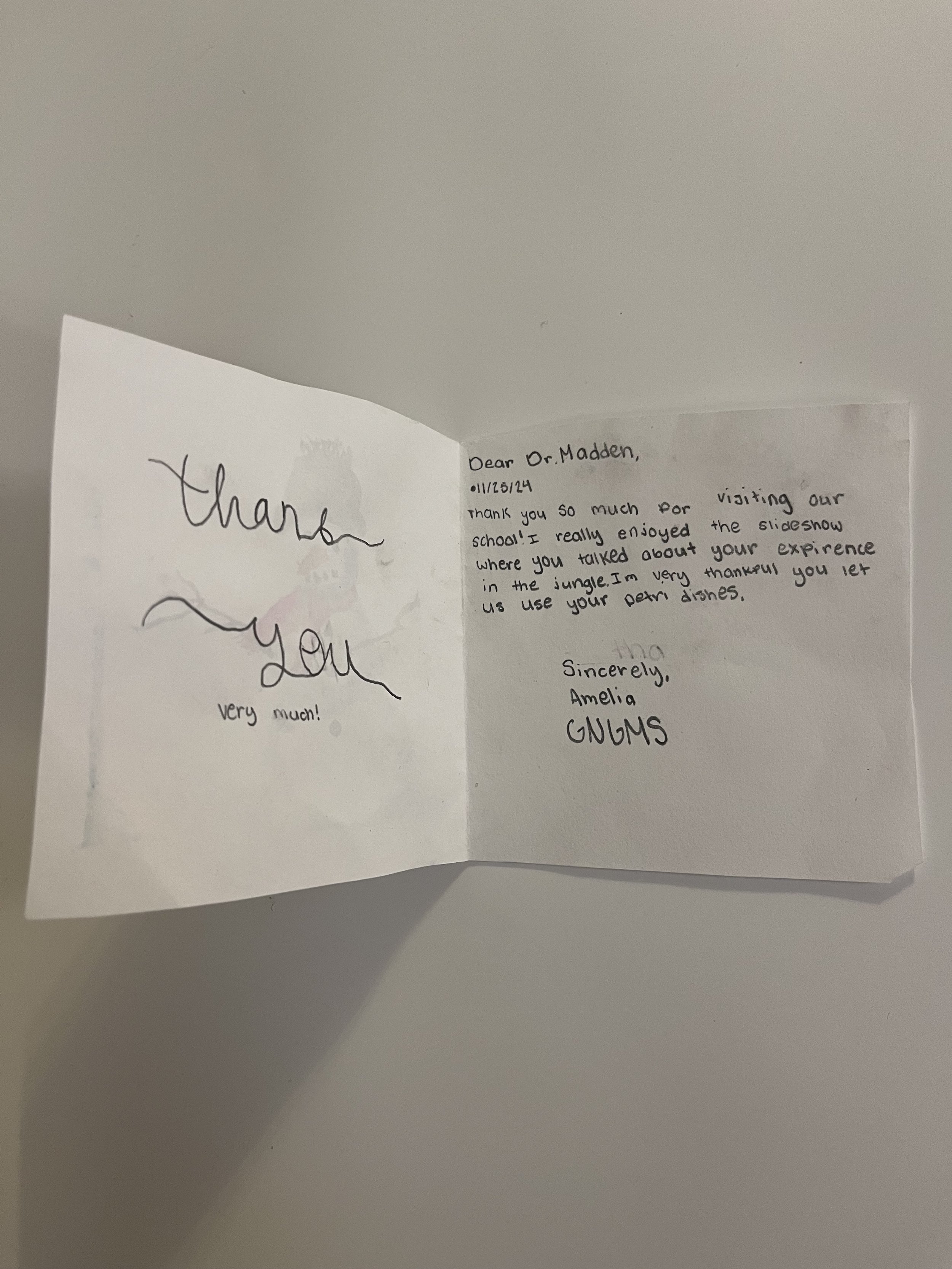
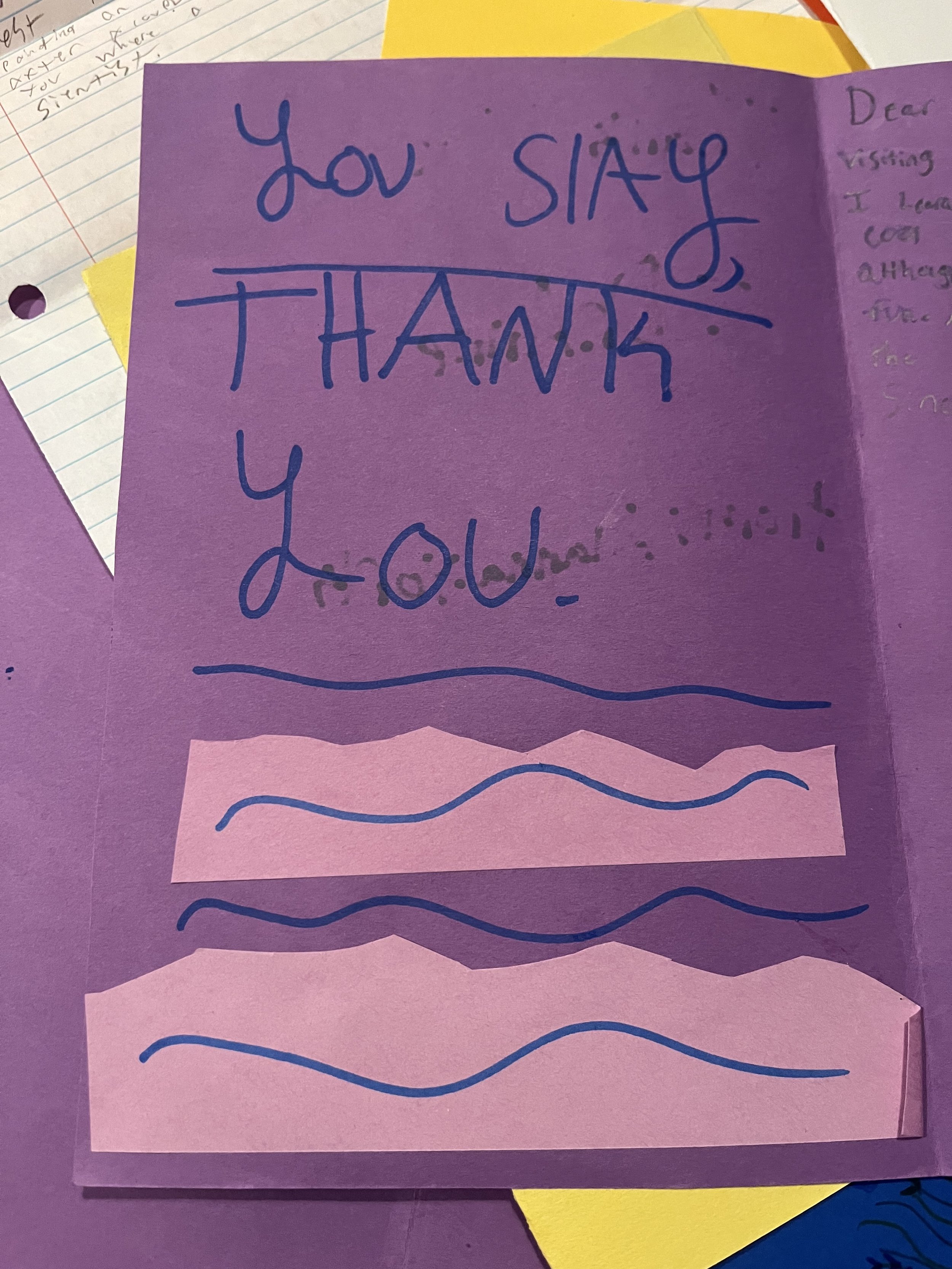
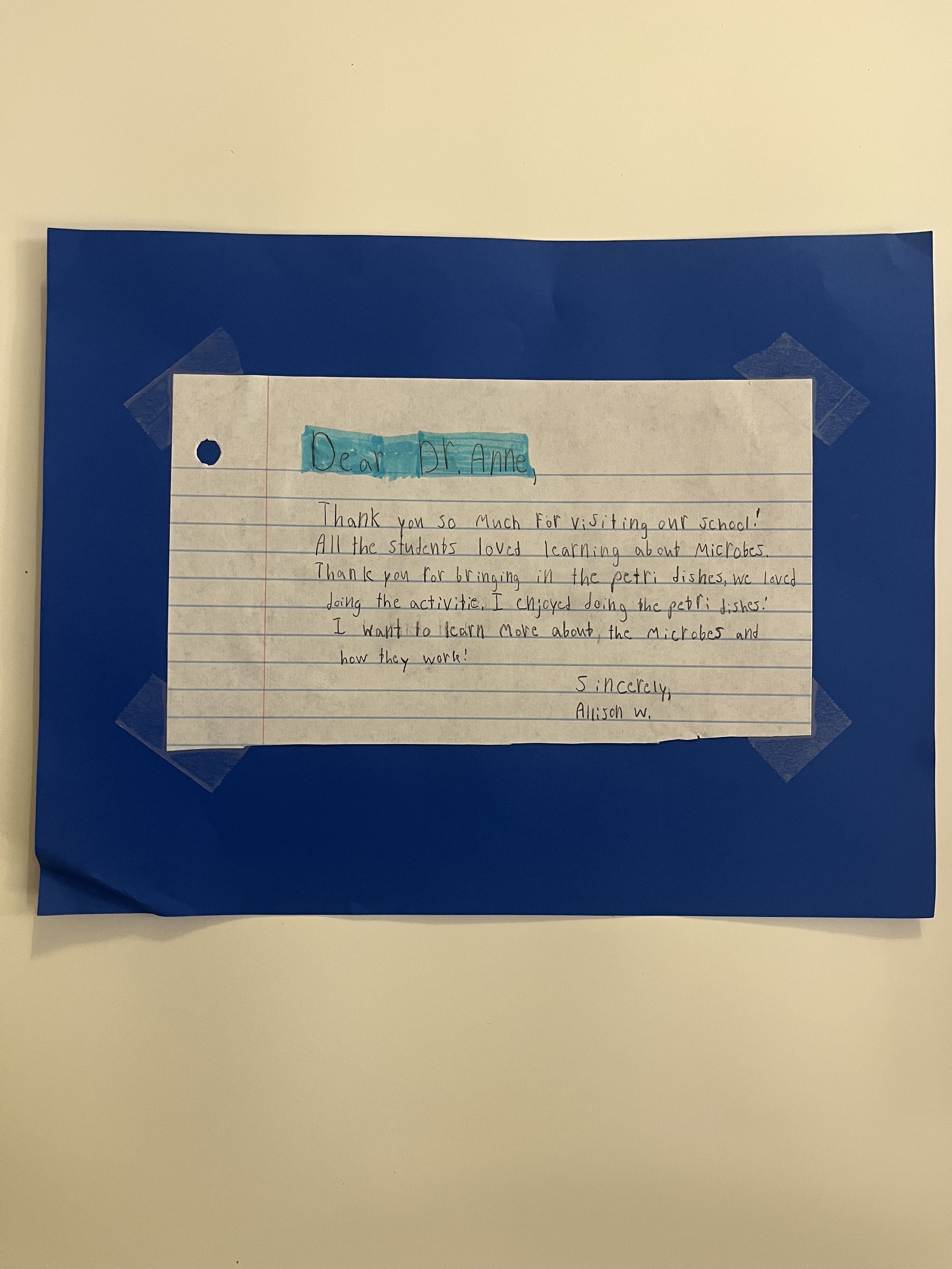

Photos from one of our Microbial (Agar) Art workshops
These microbial artworks were made by workshop participants at the 2025 American Society for Virology conference in Quebec, Canada. This workshop was led by The Microbe Institute team member, Tracy Debenport. Photograph credit: Tracy Debenport.



















